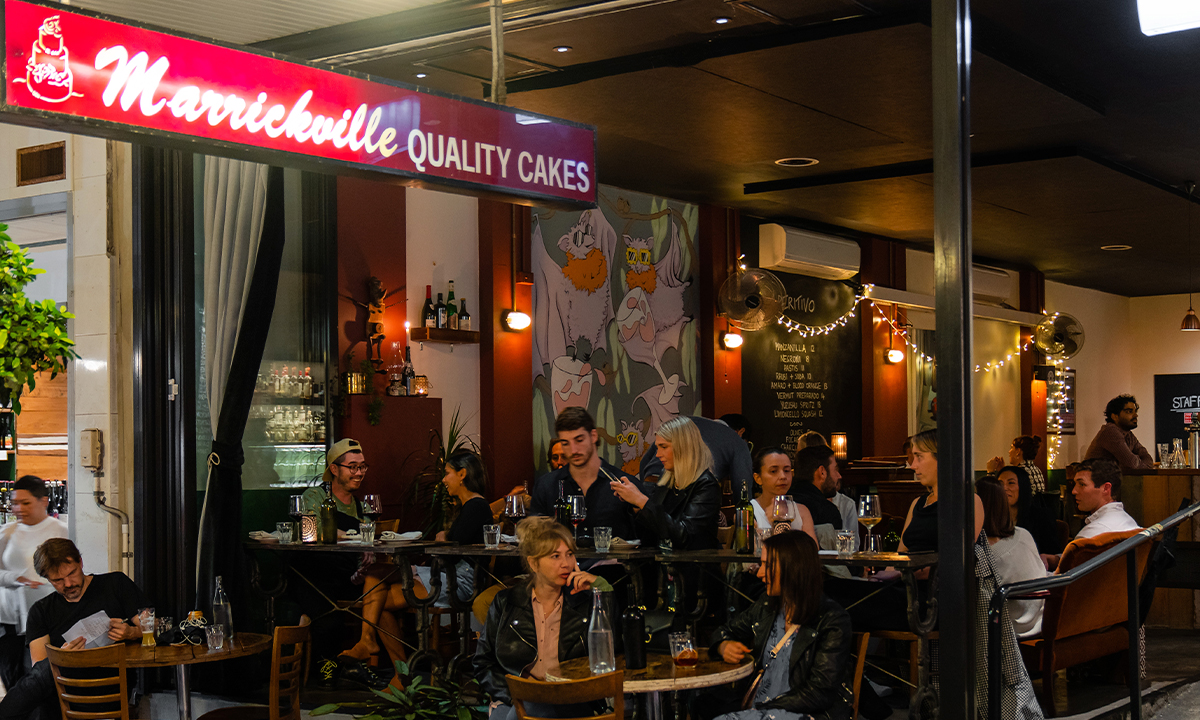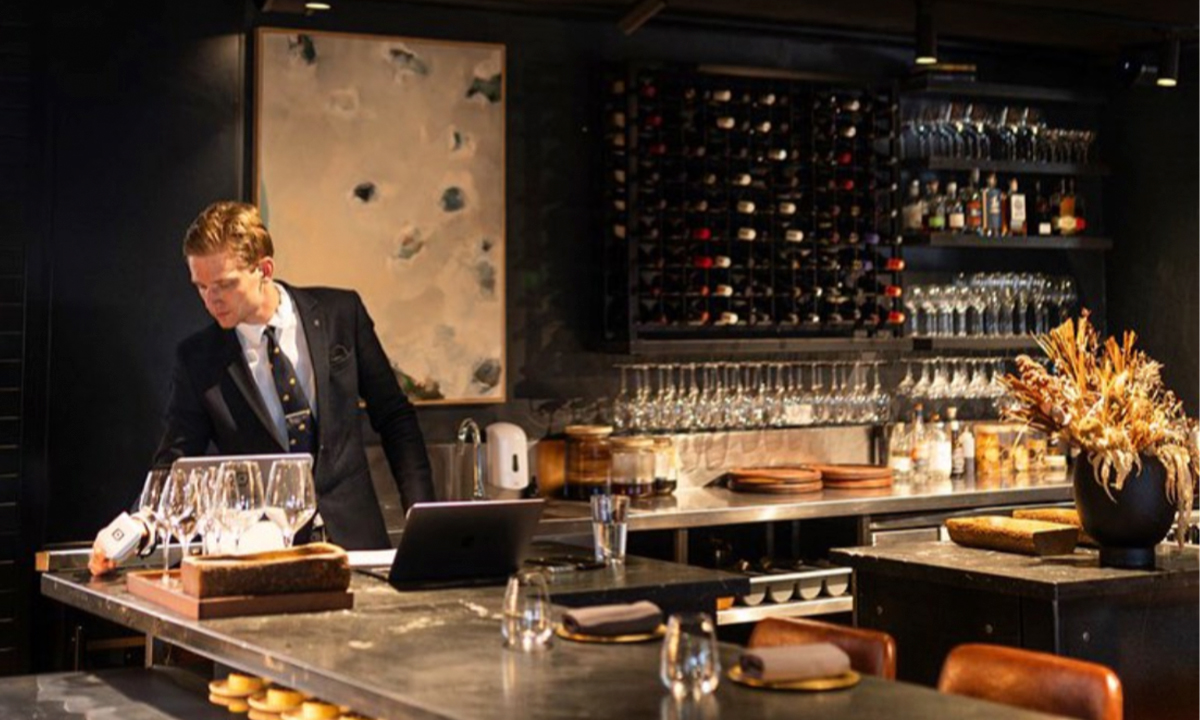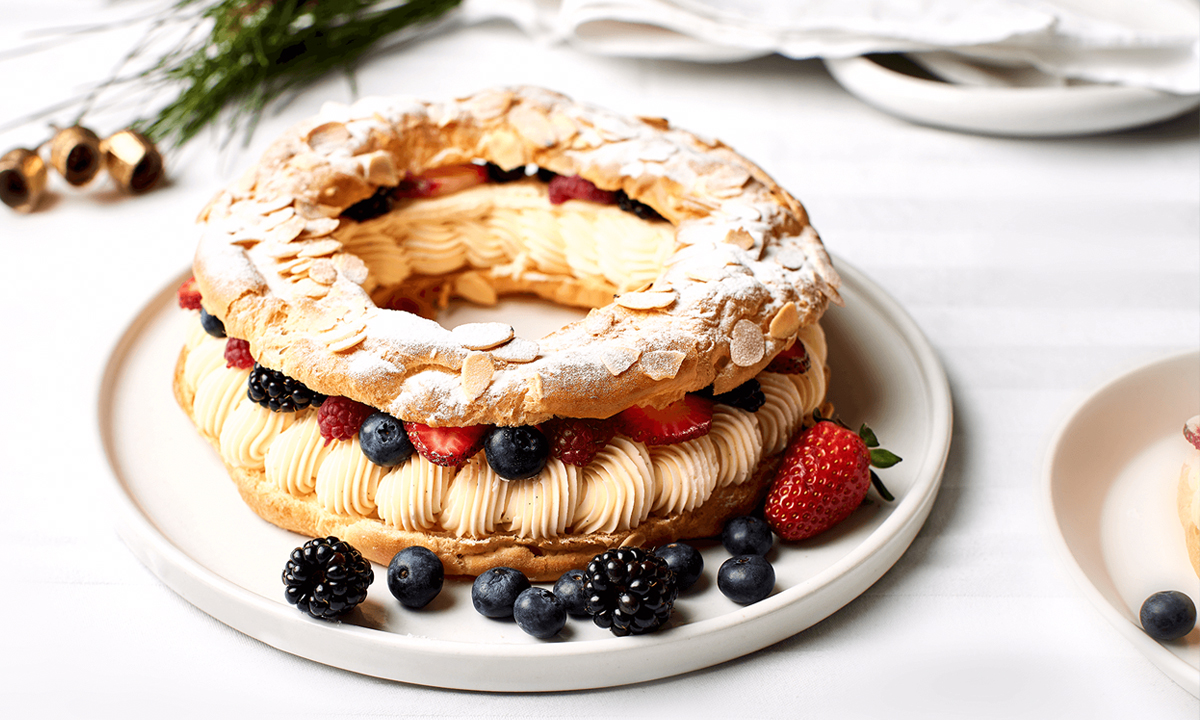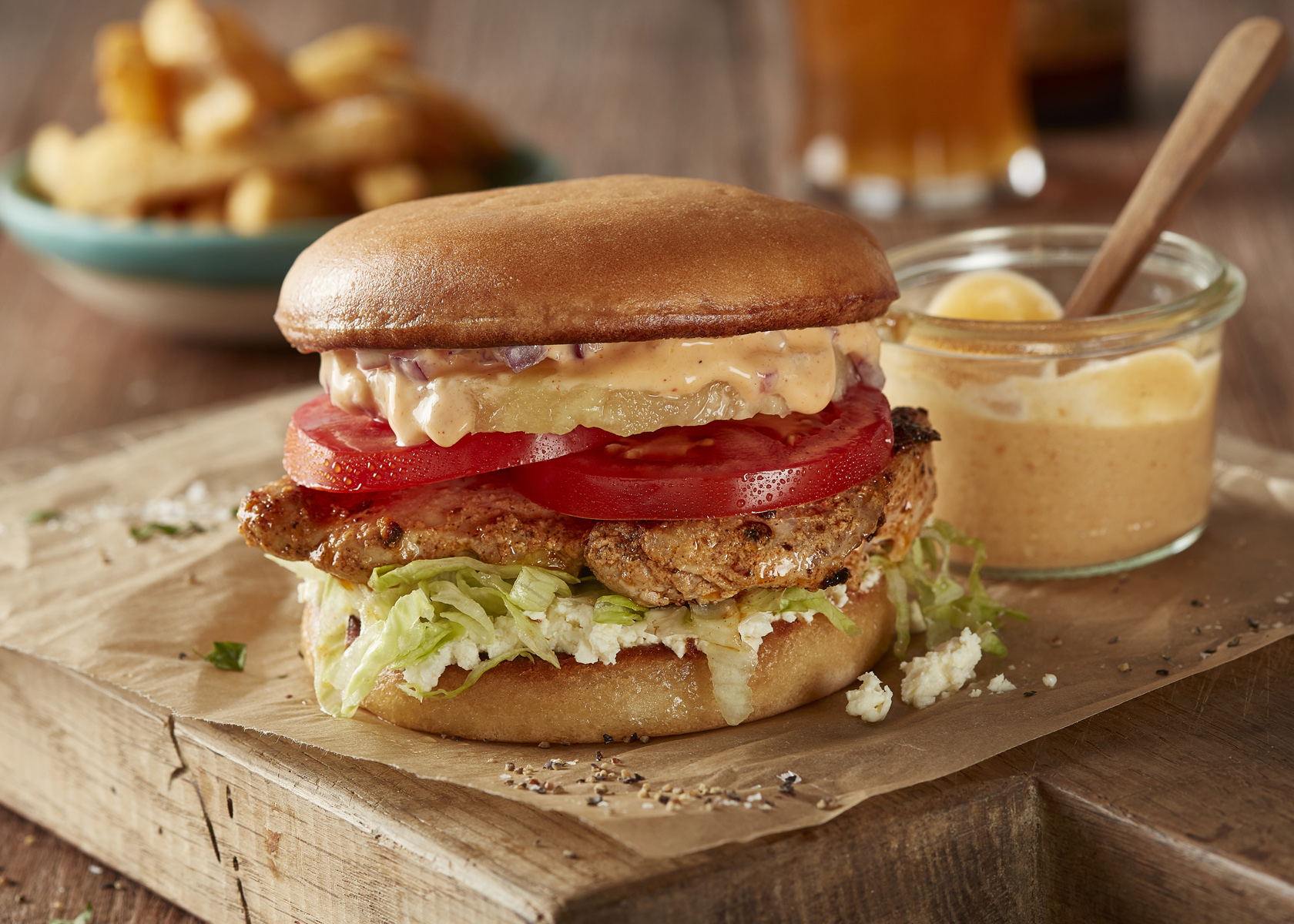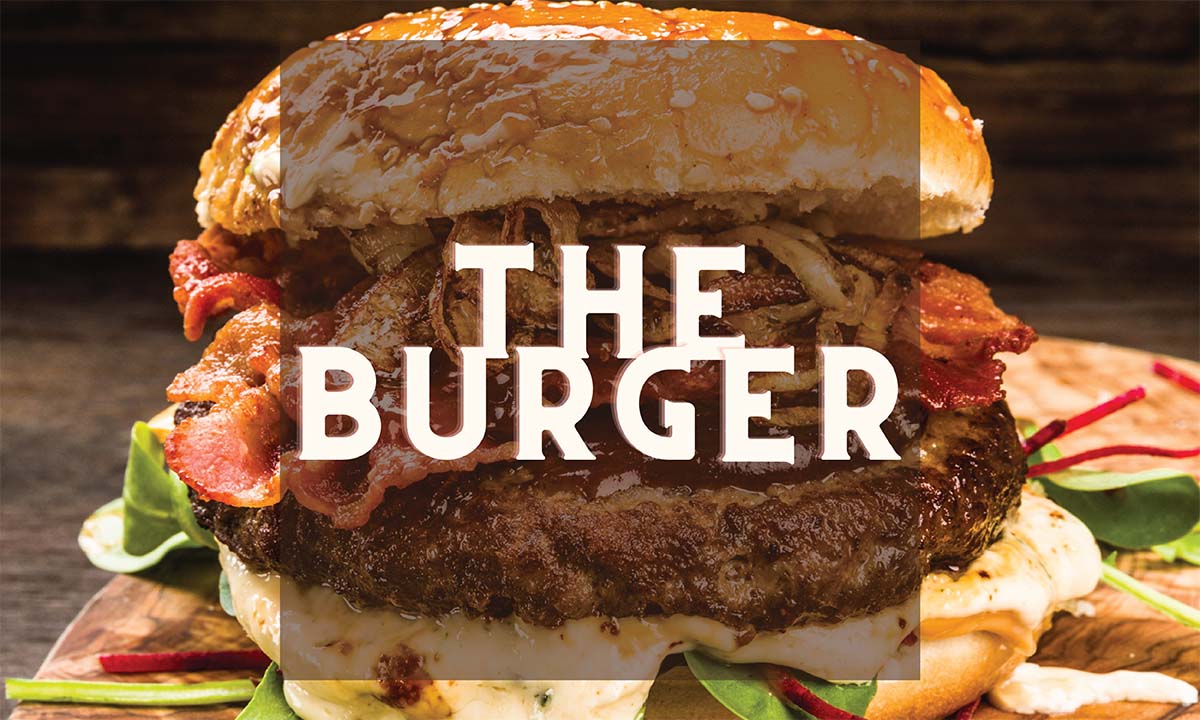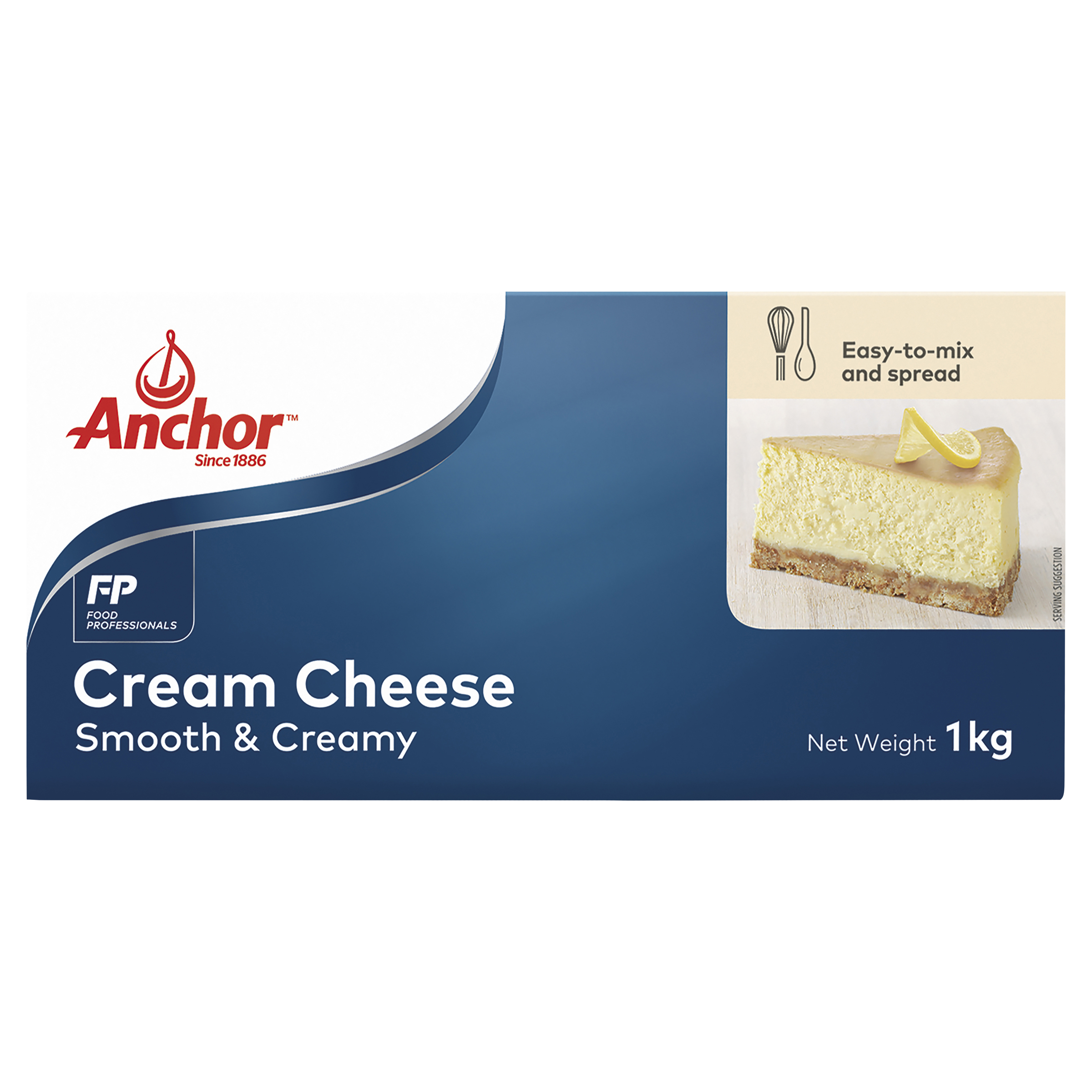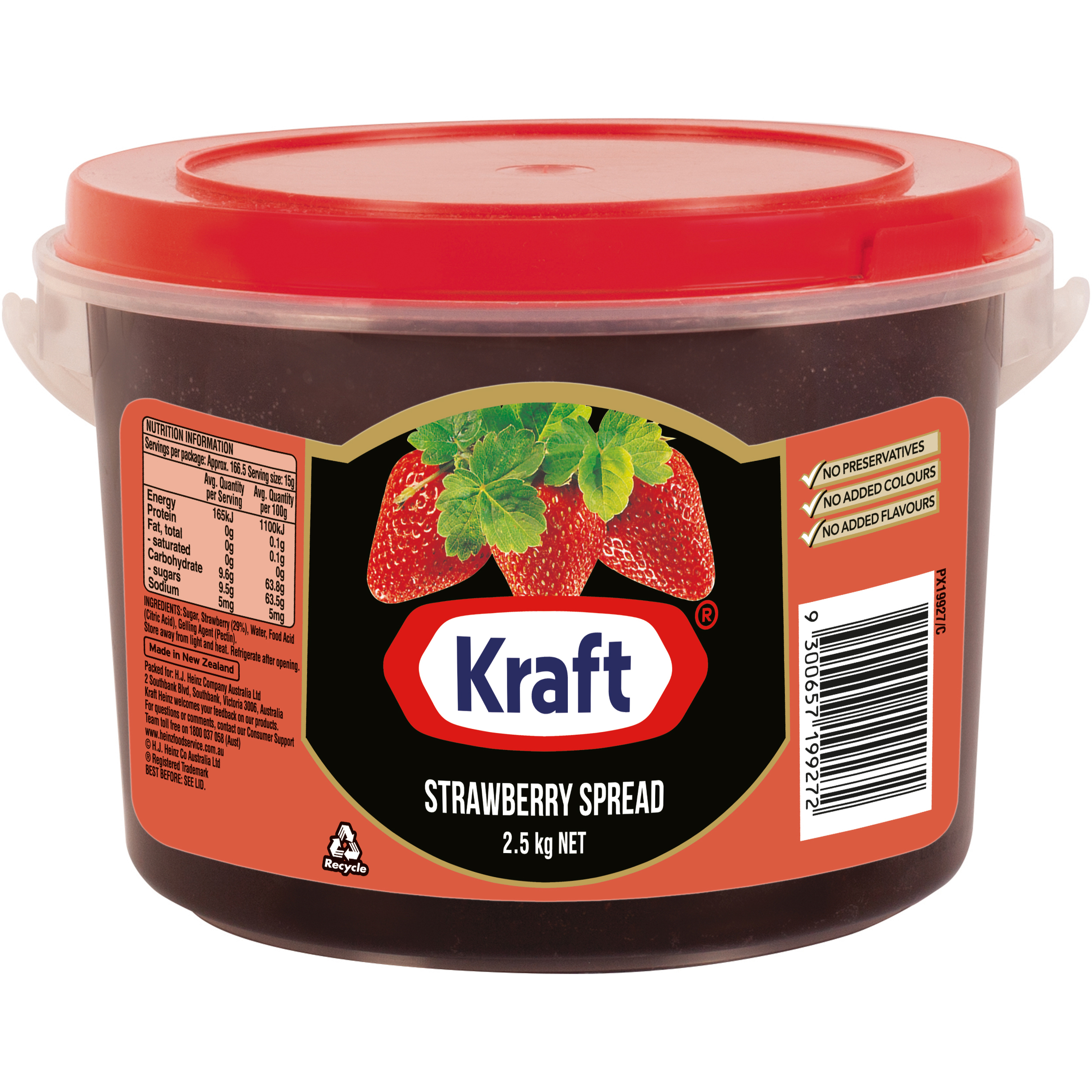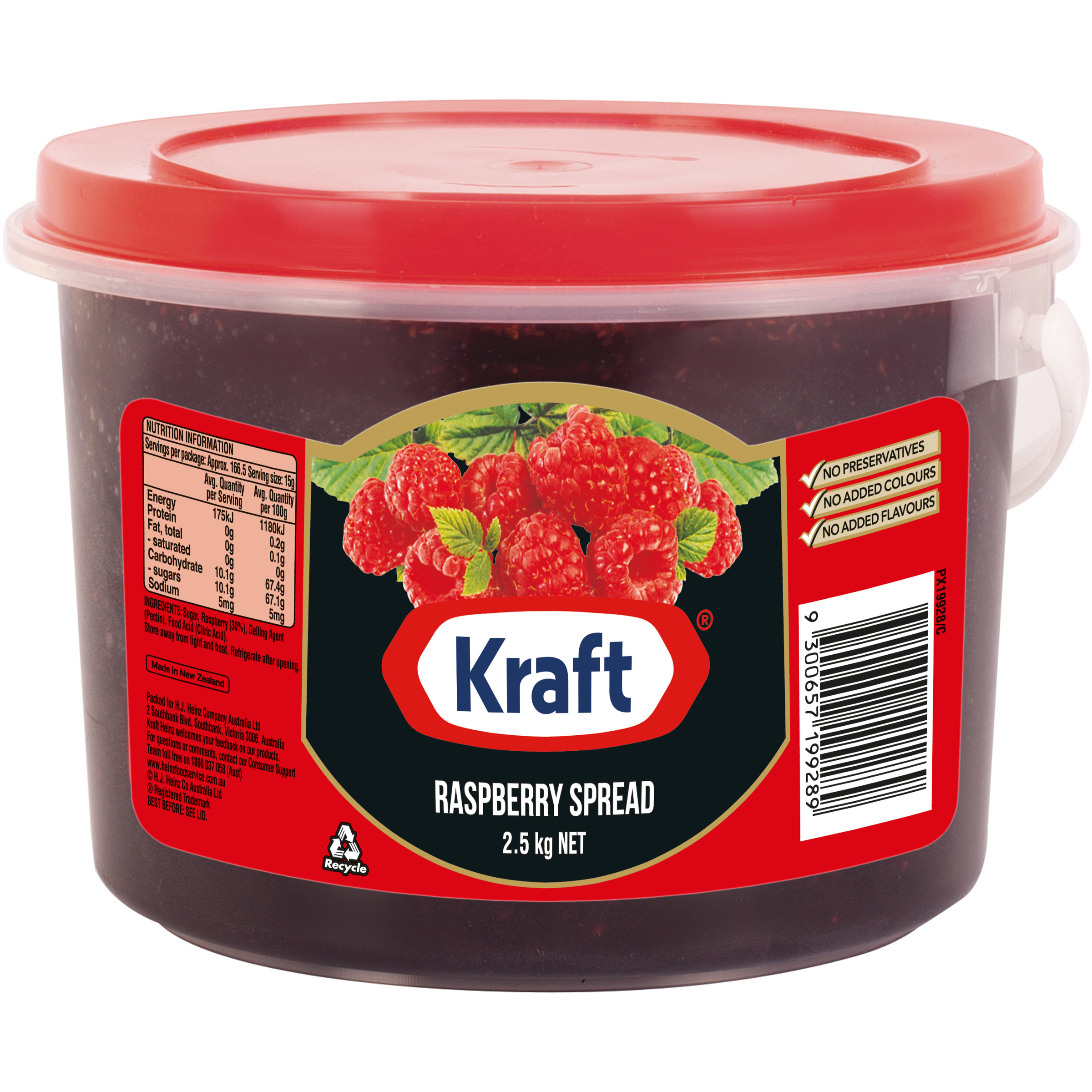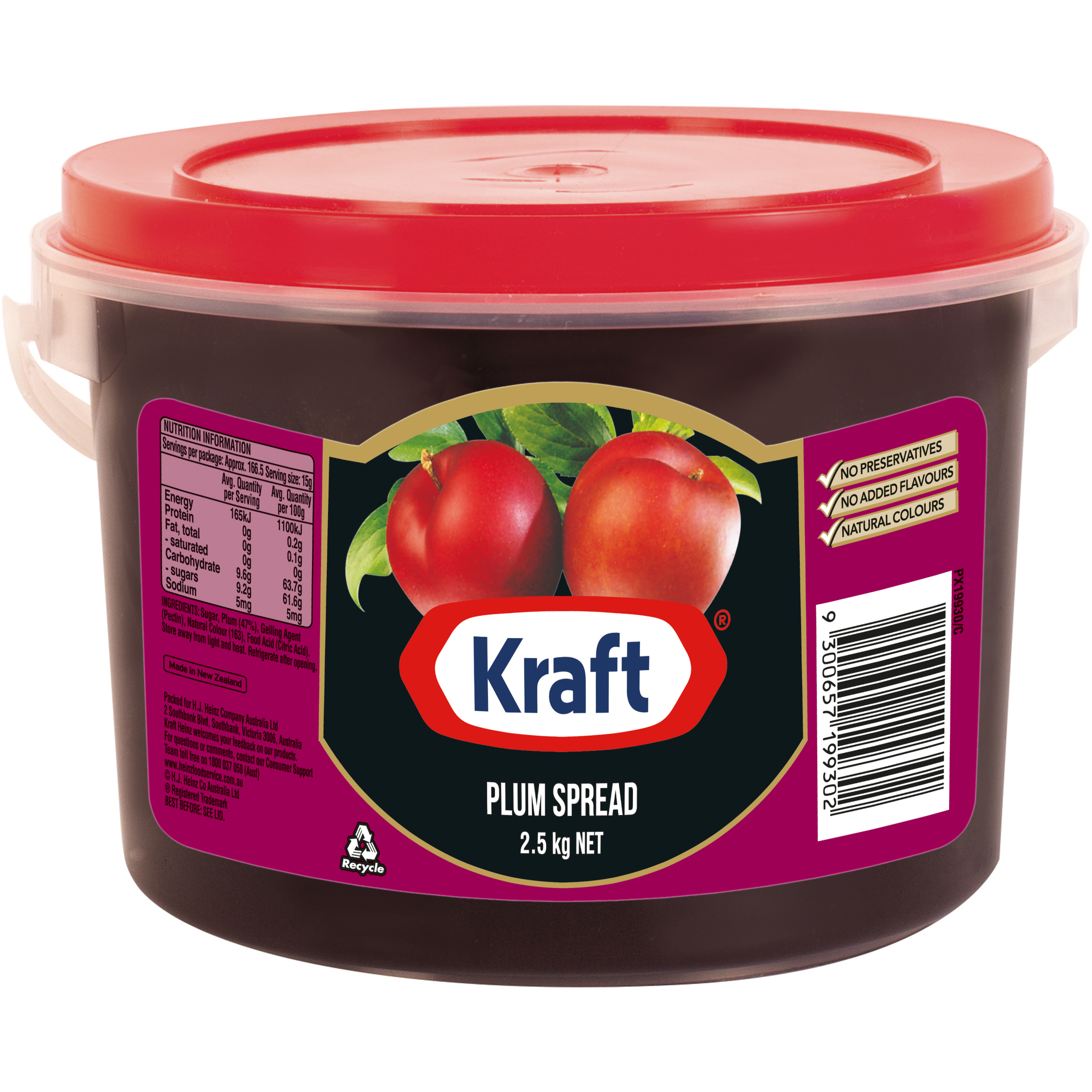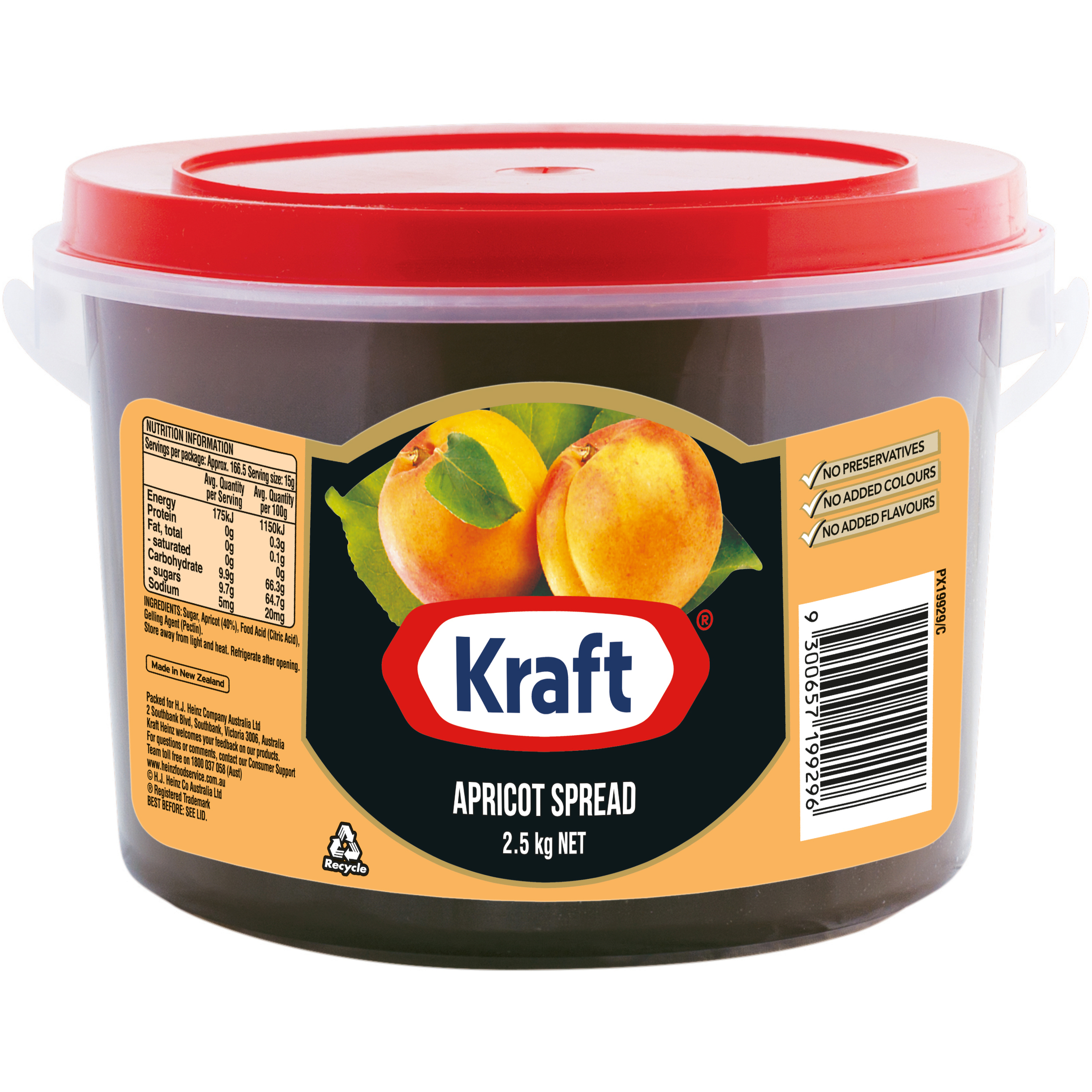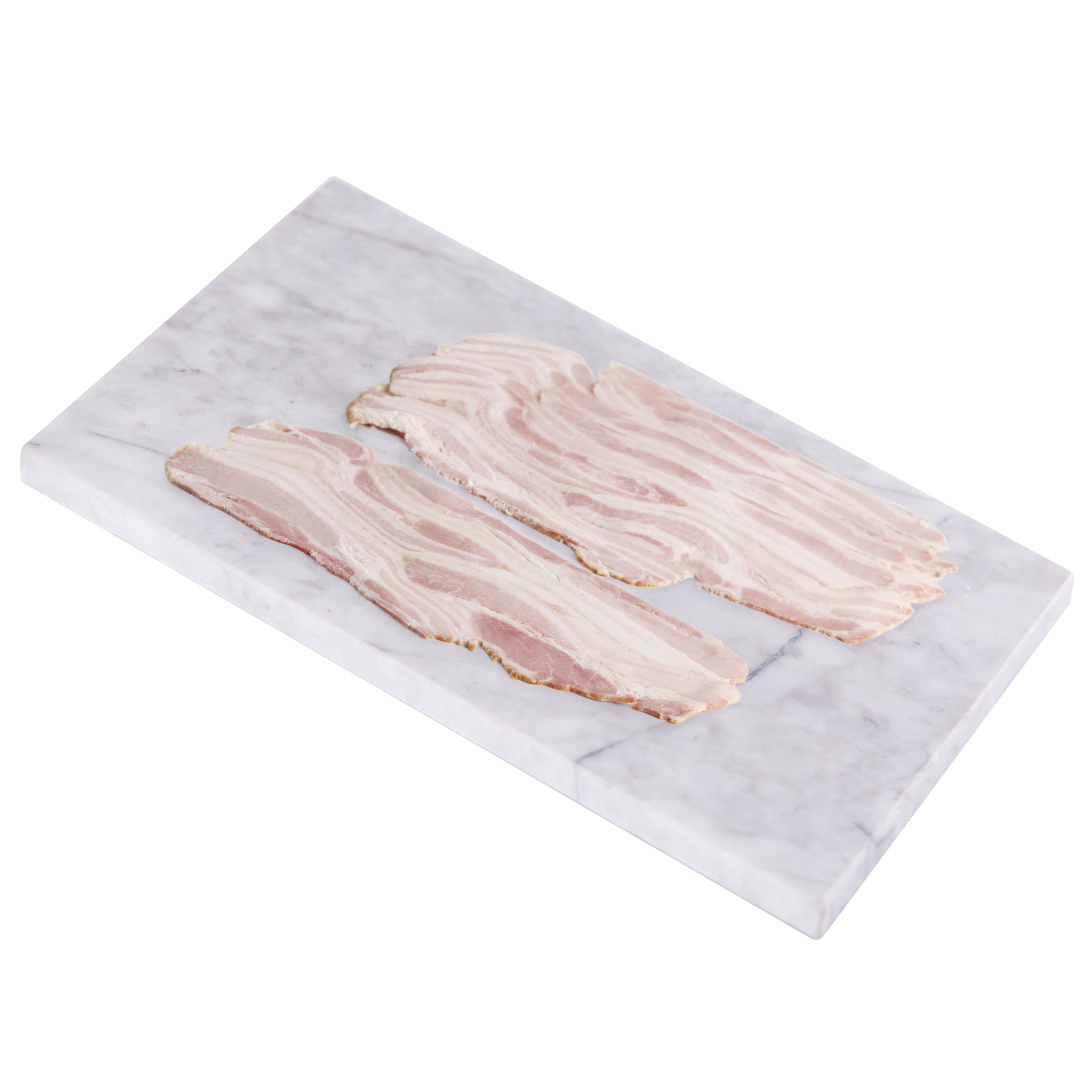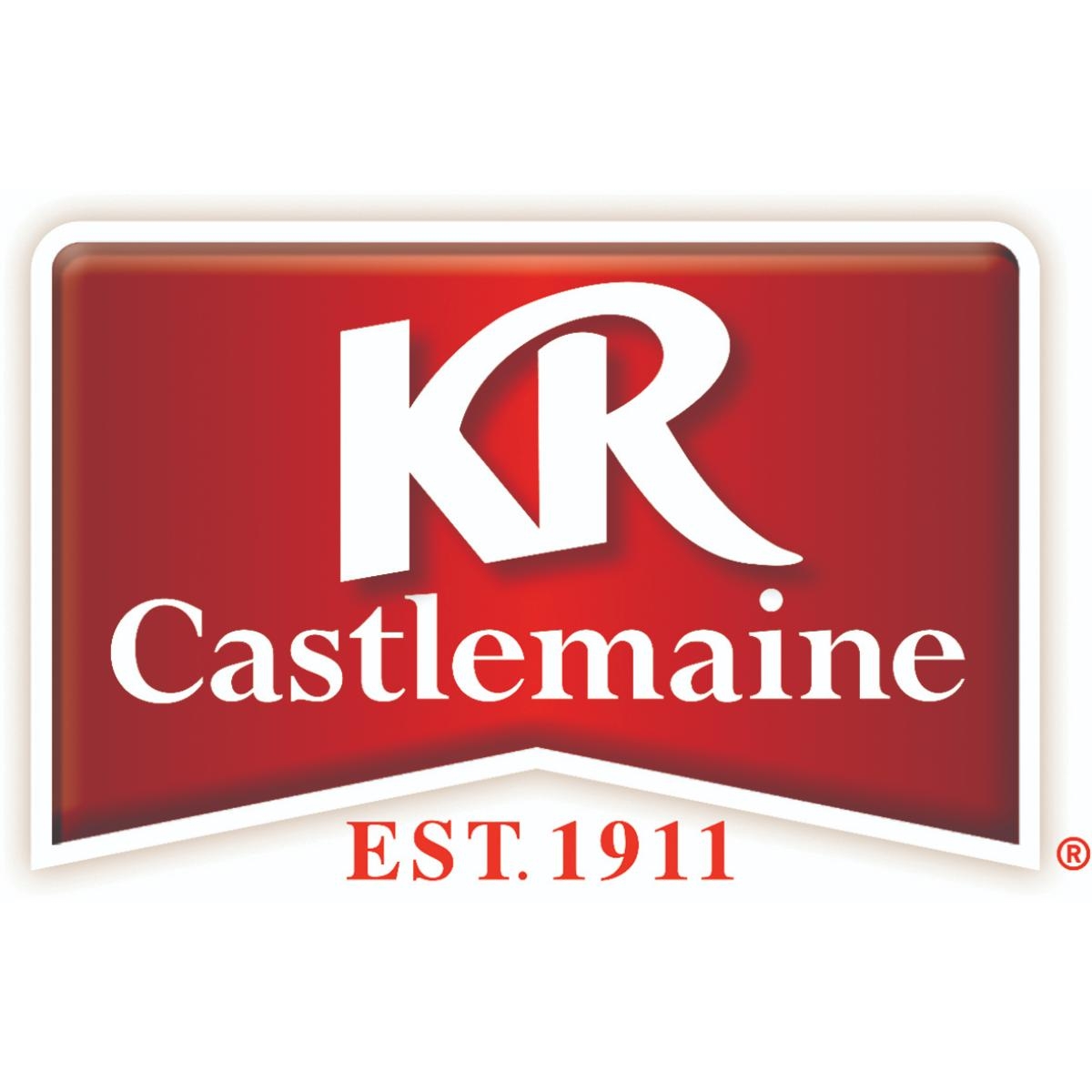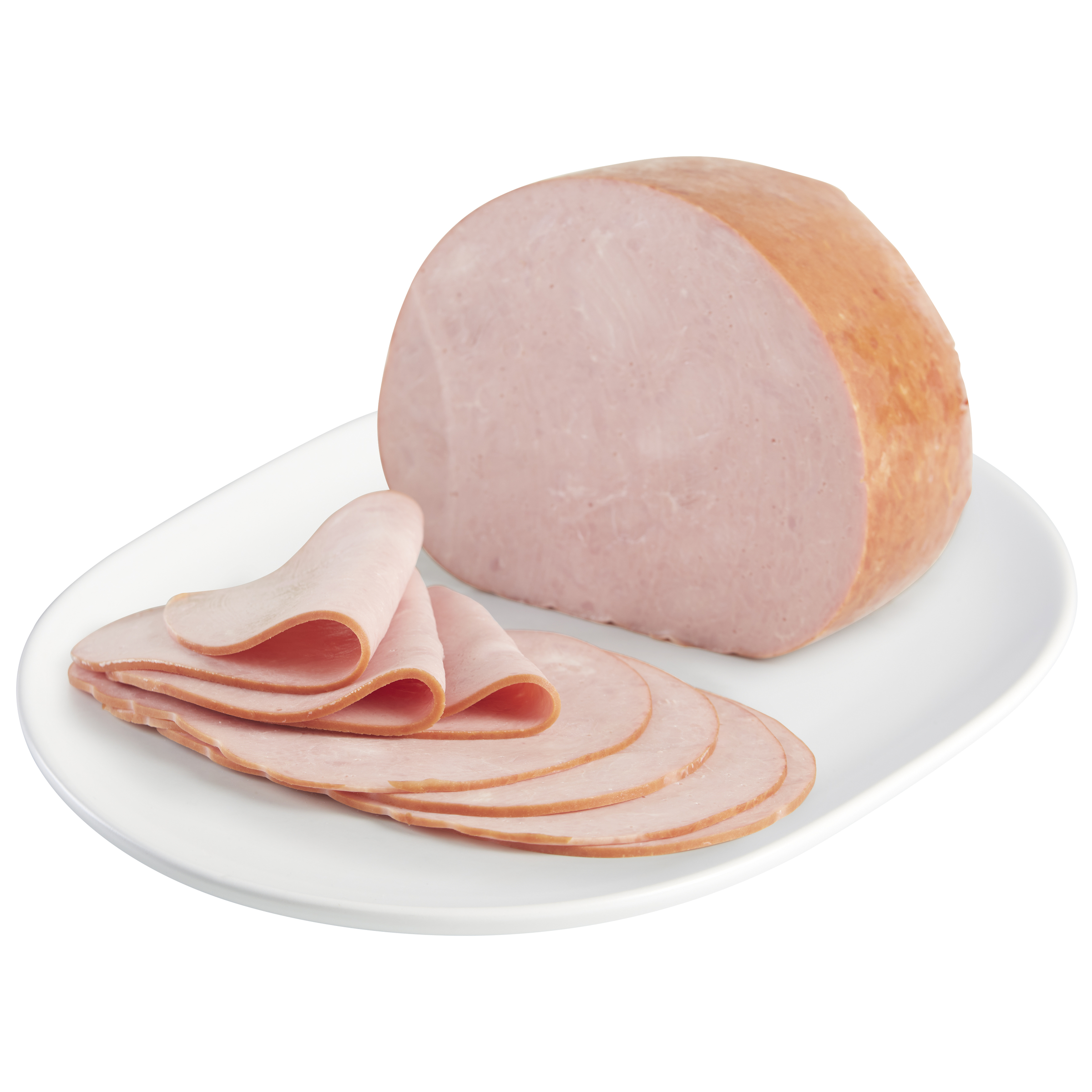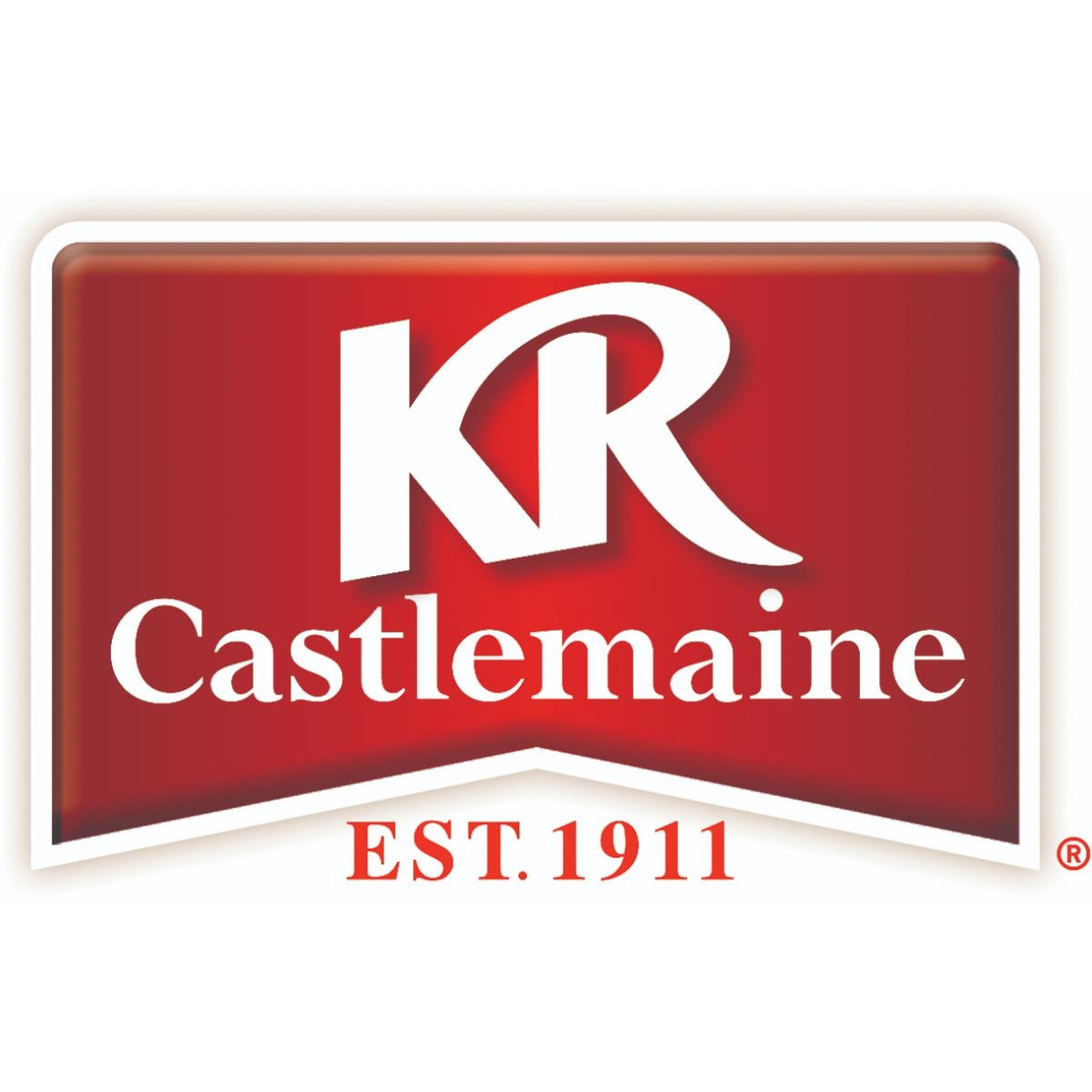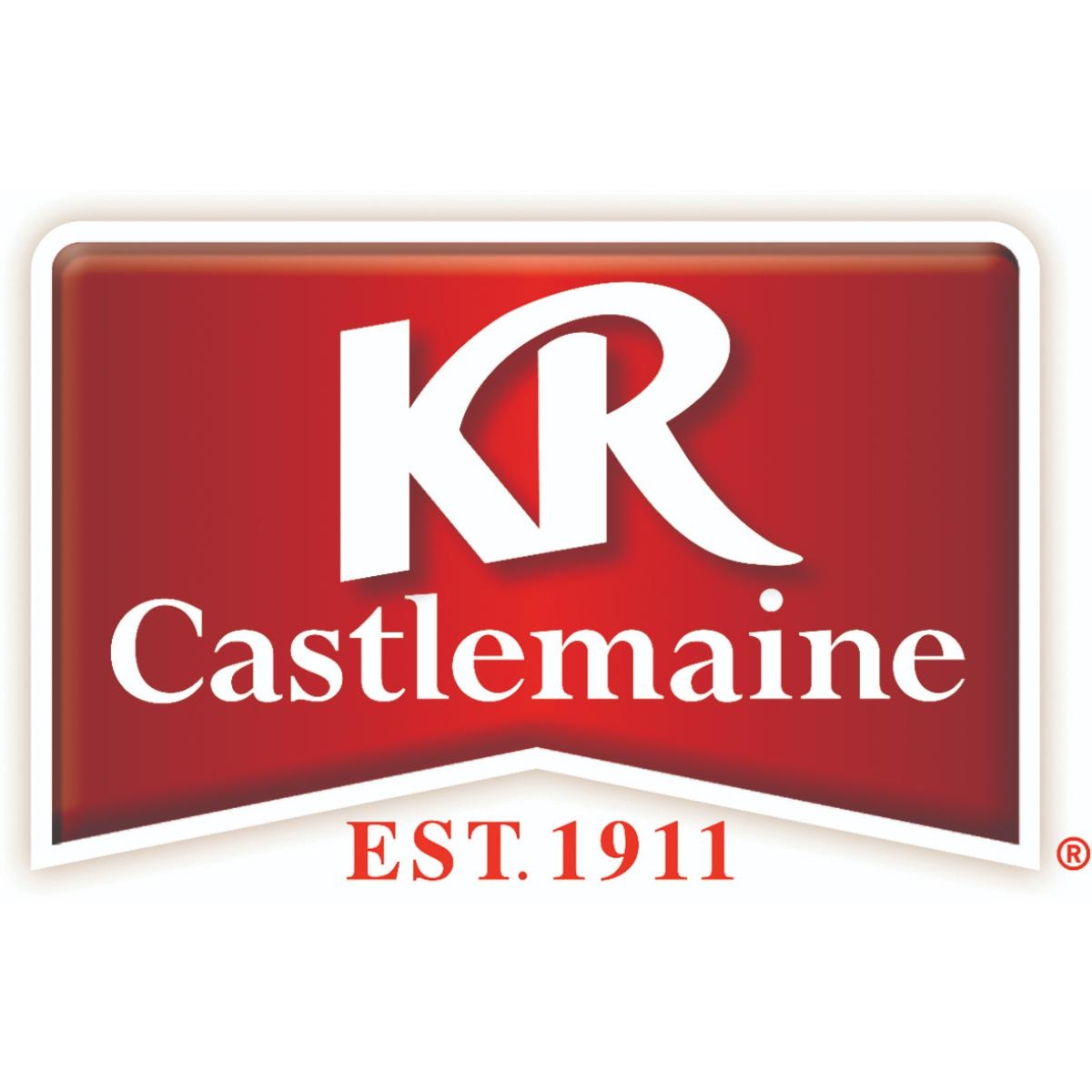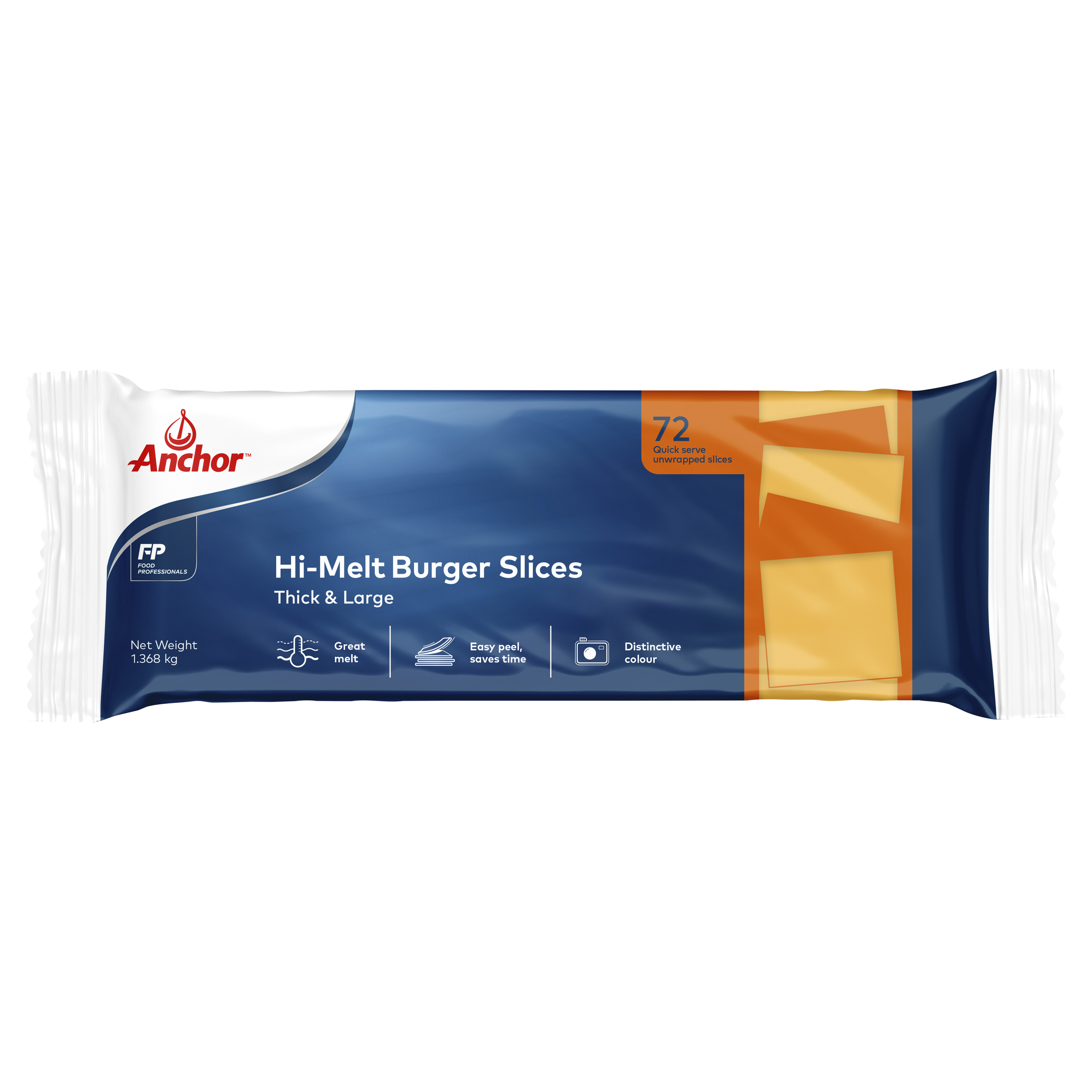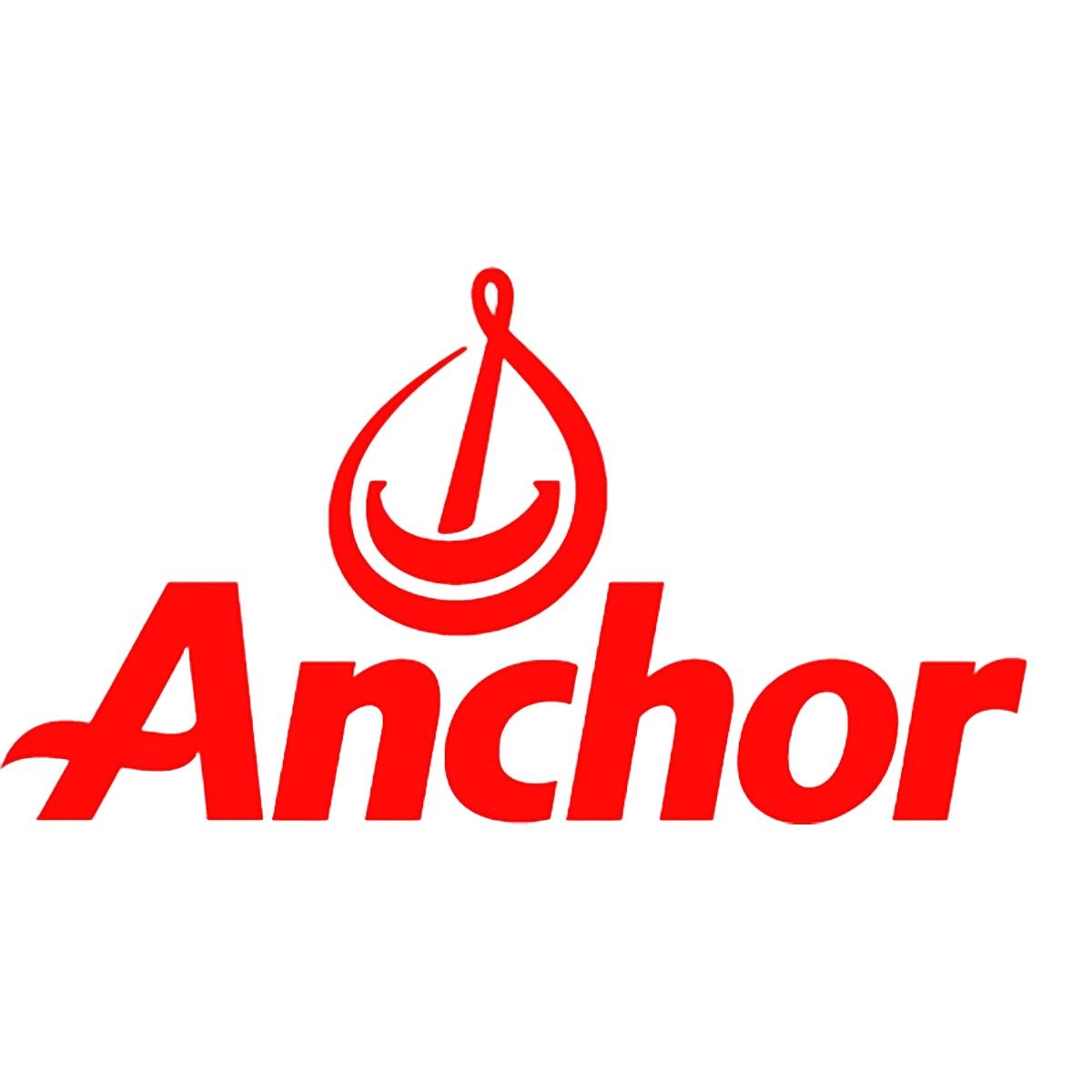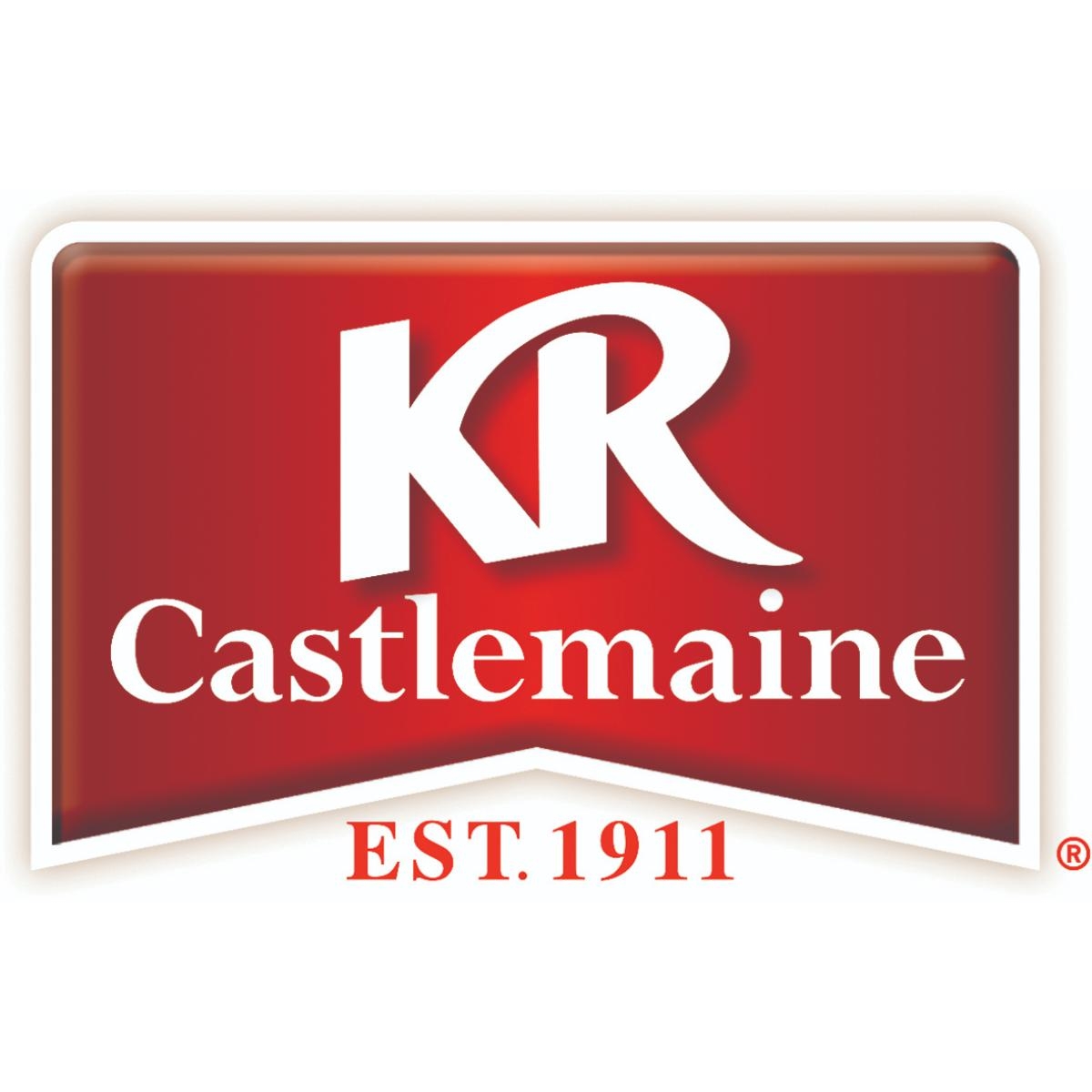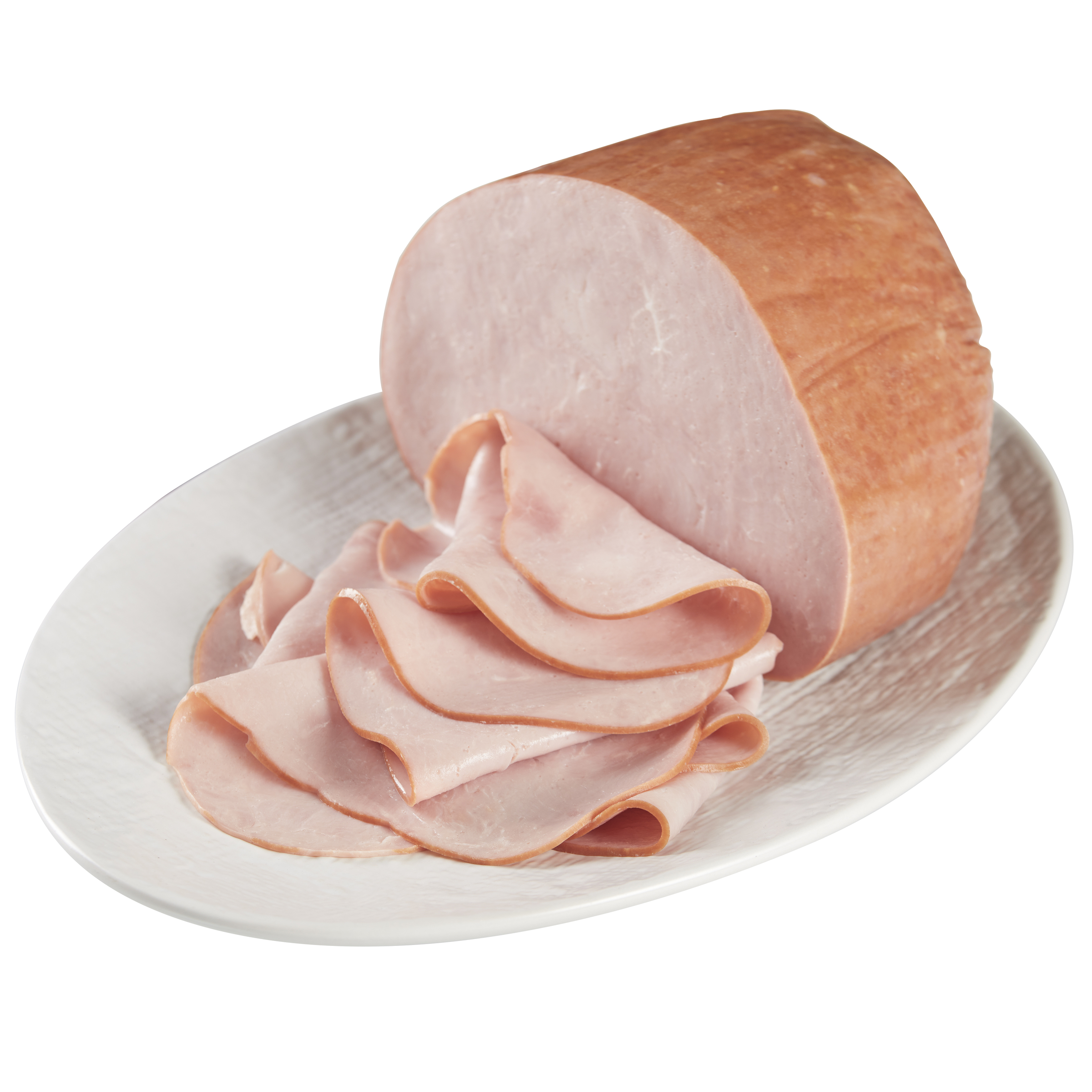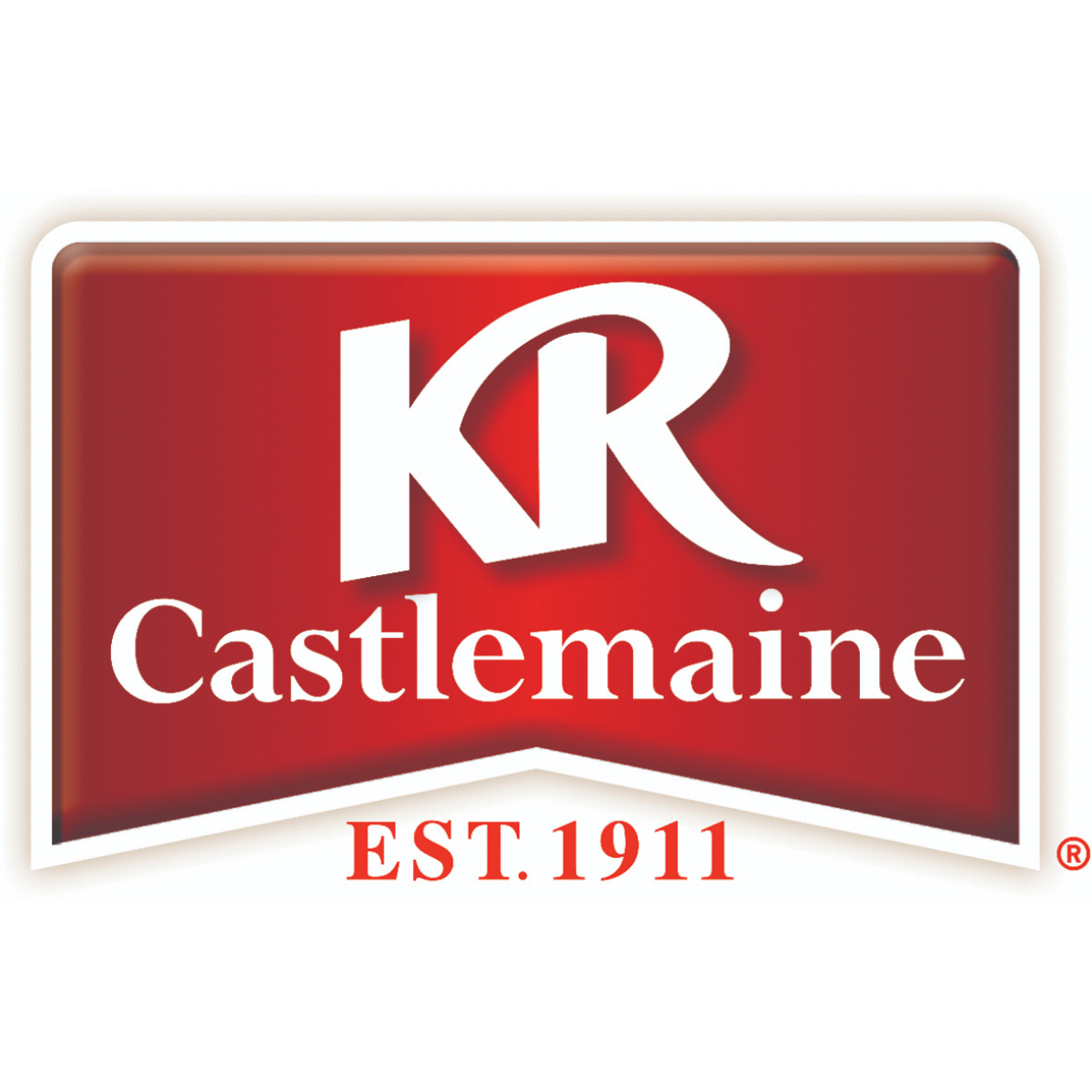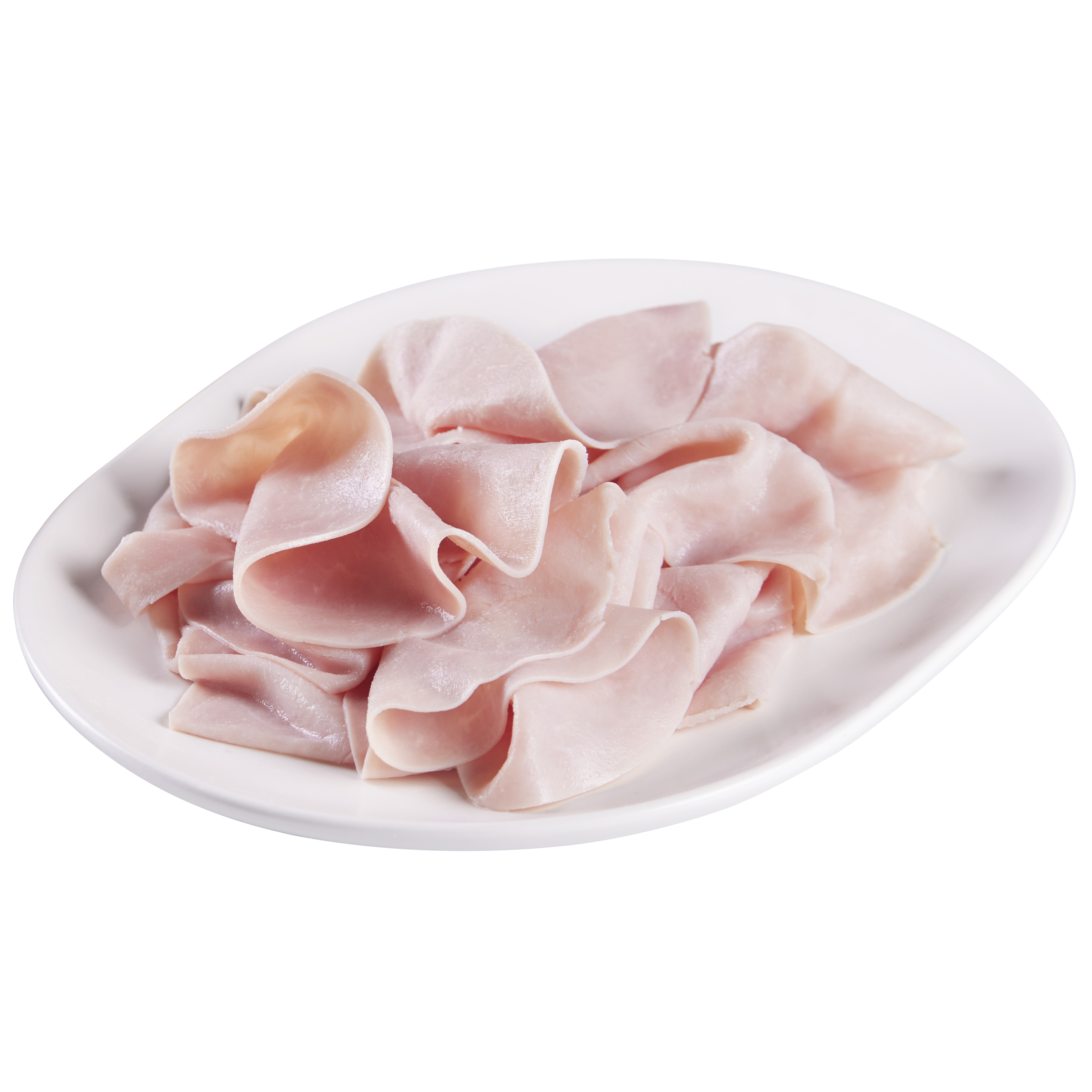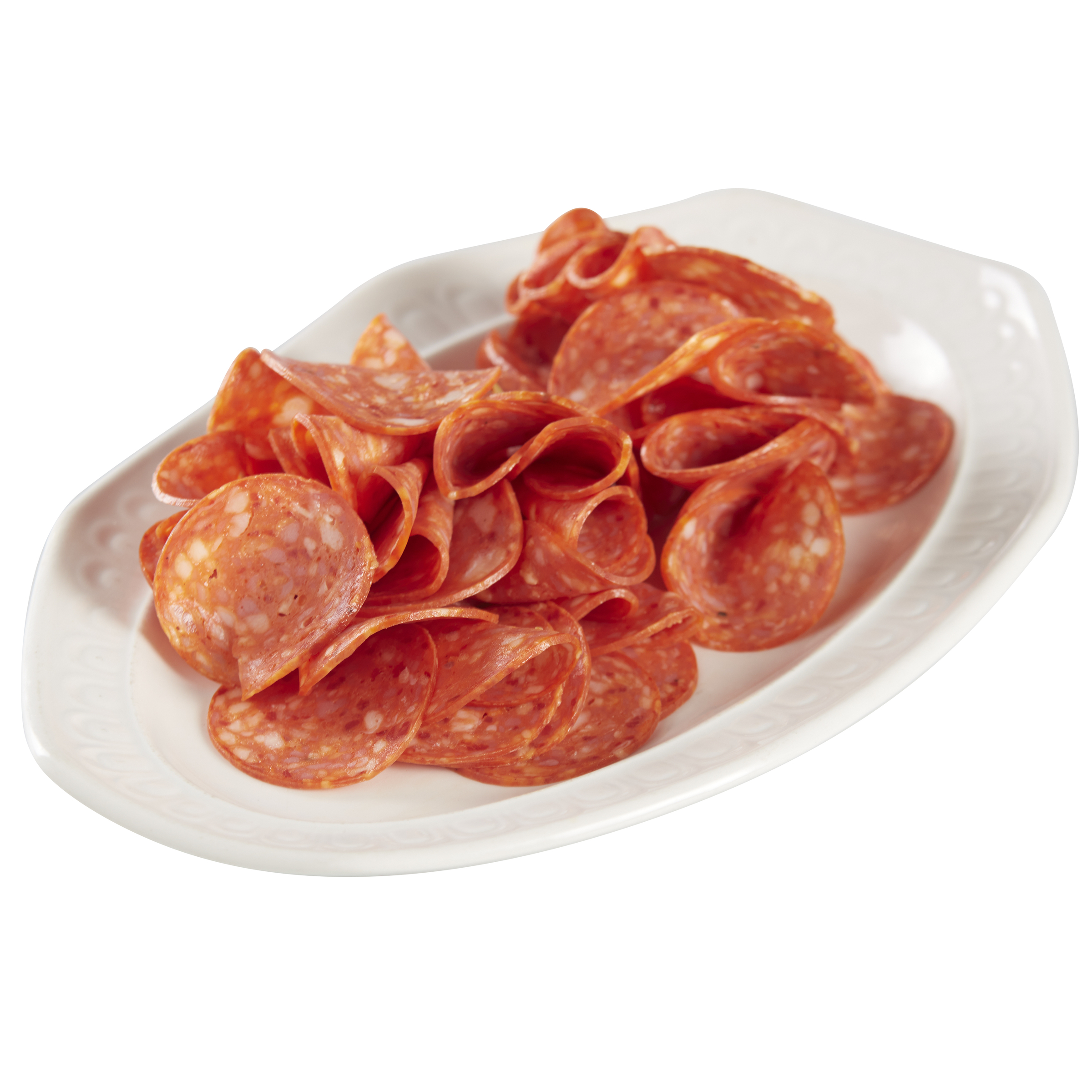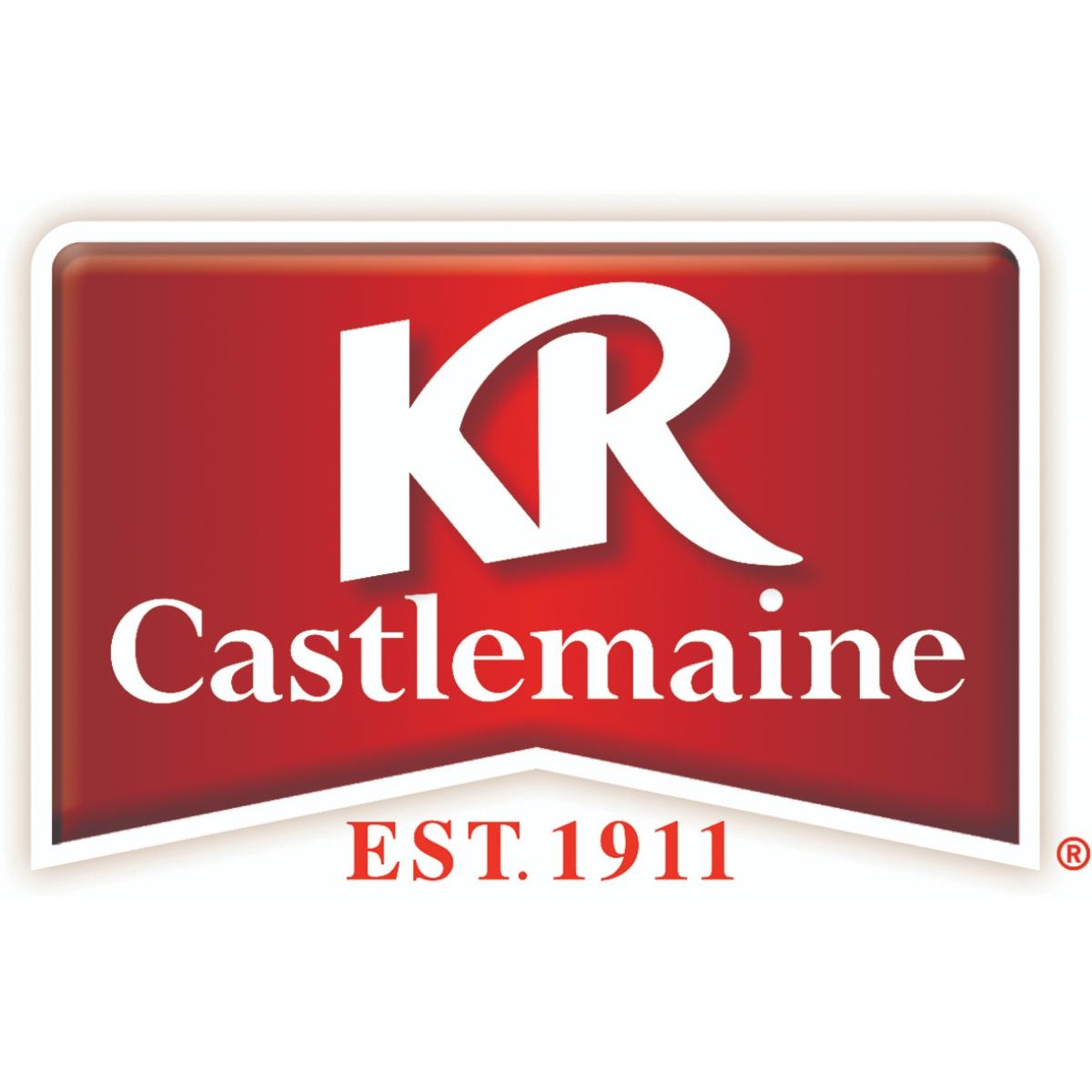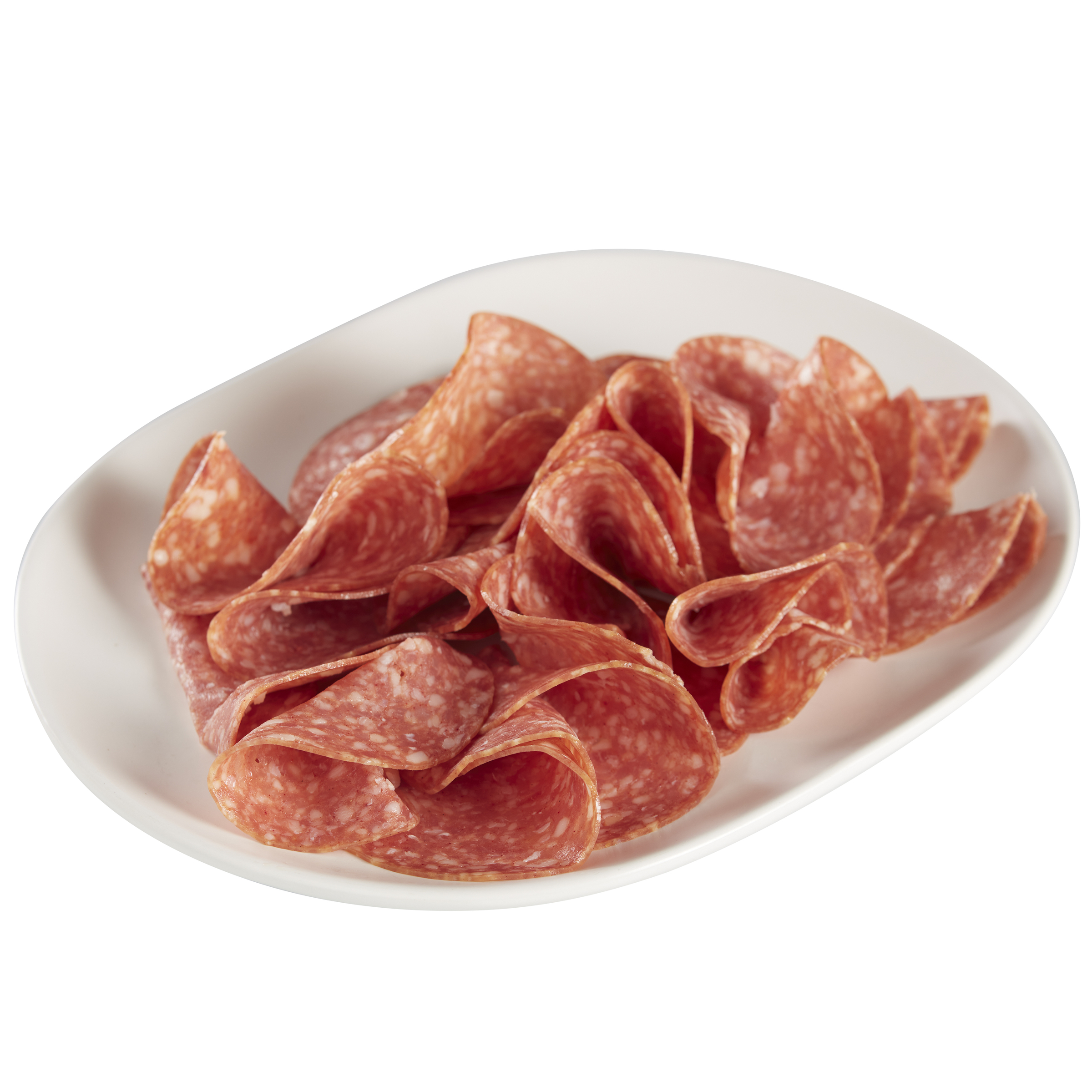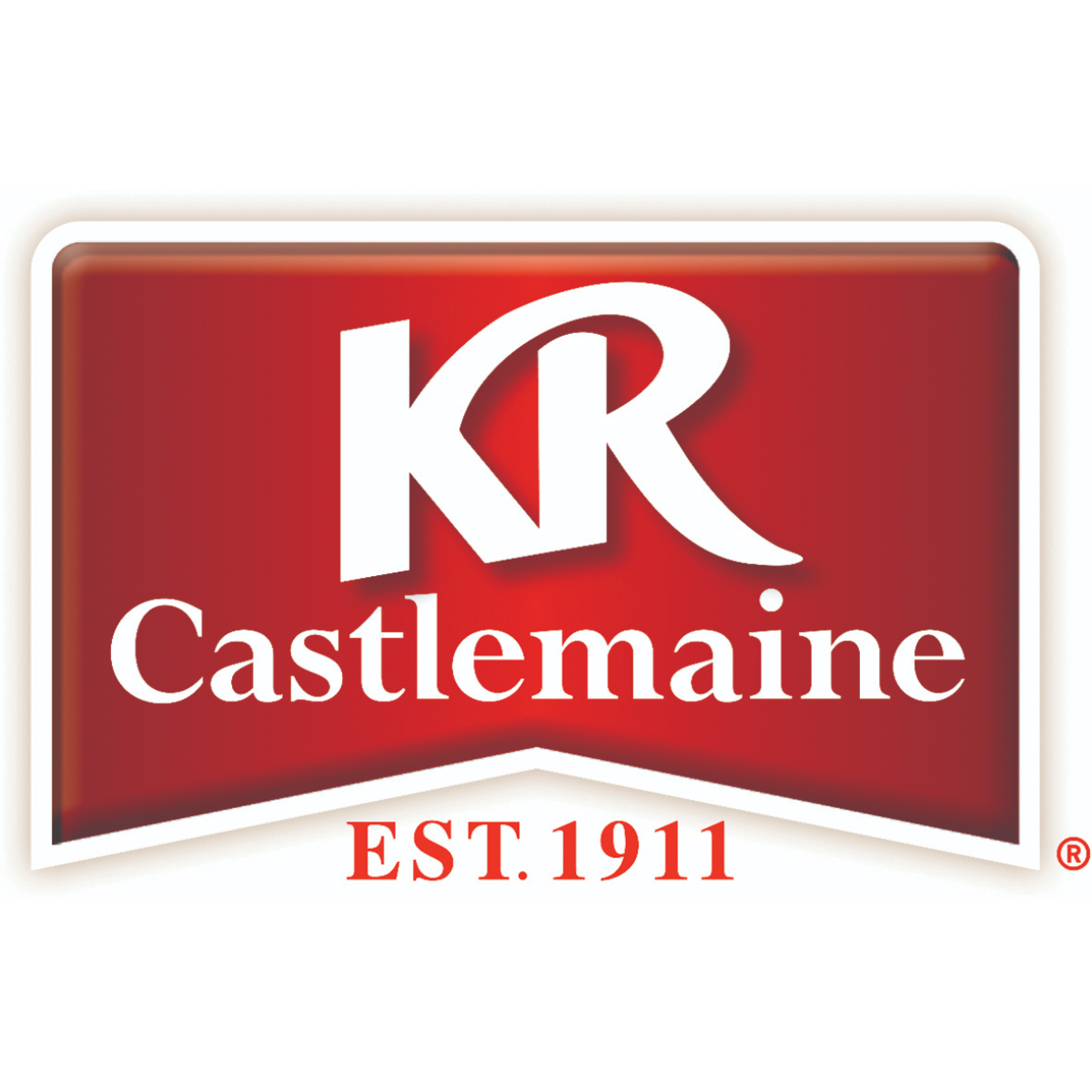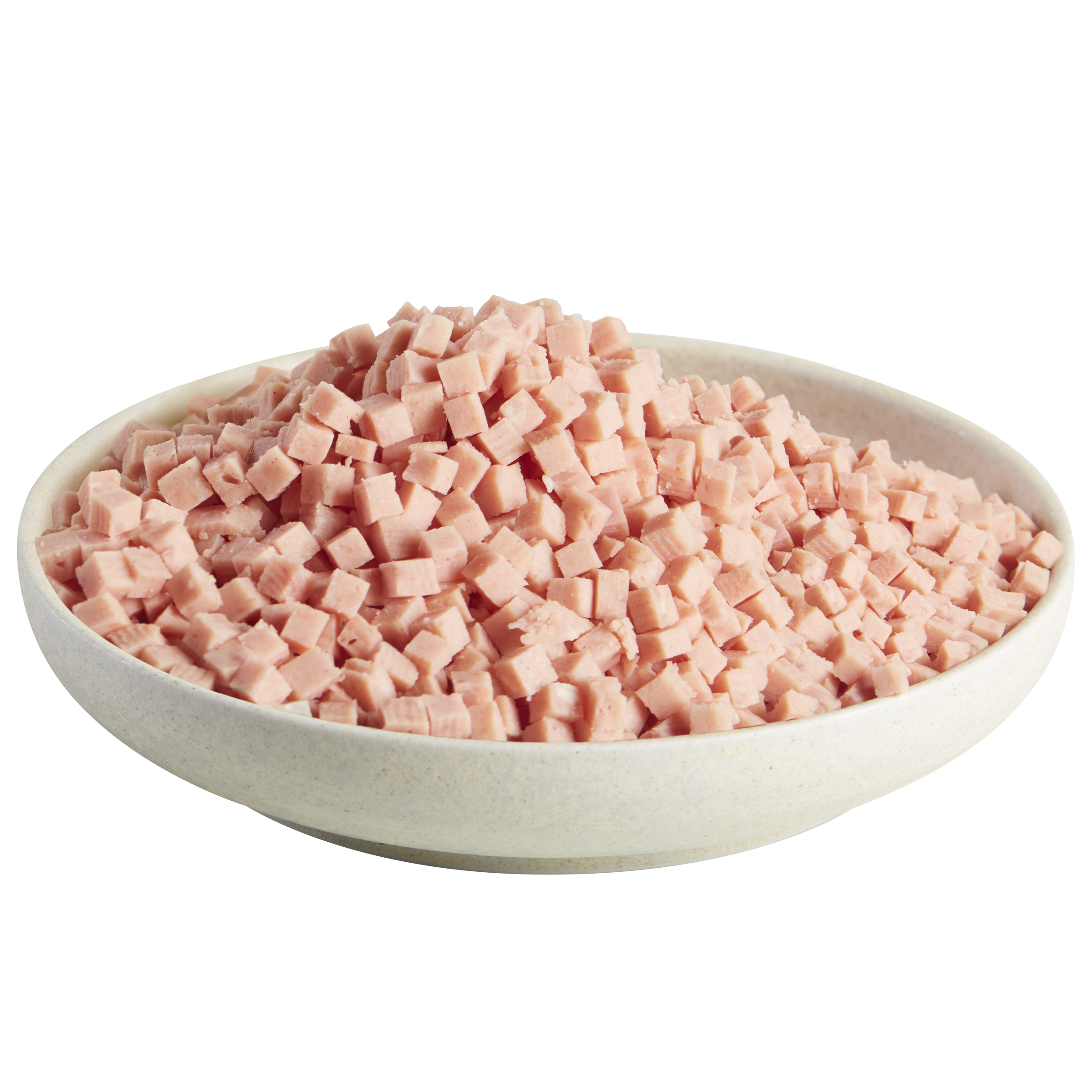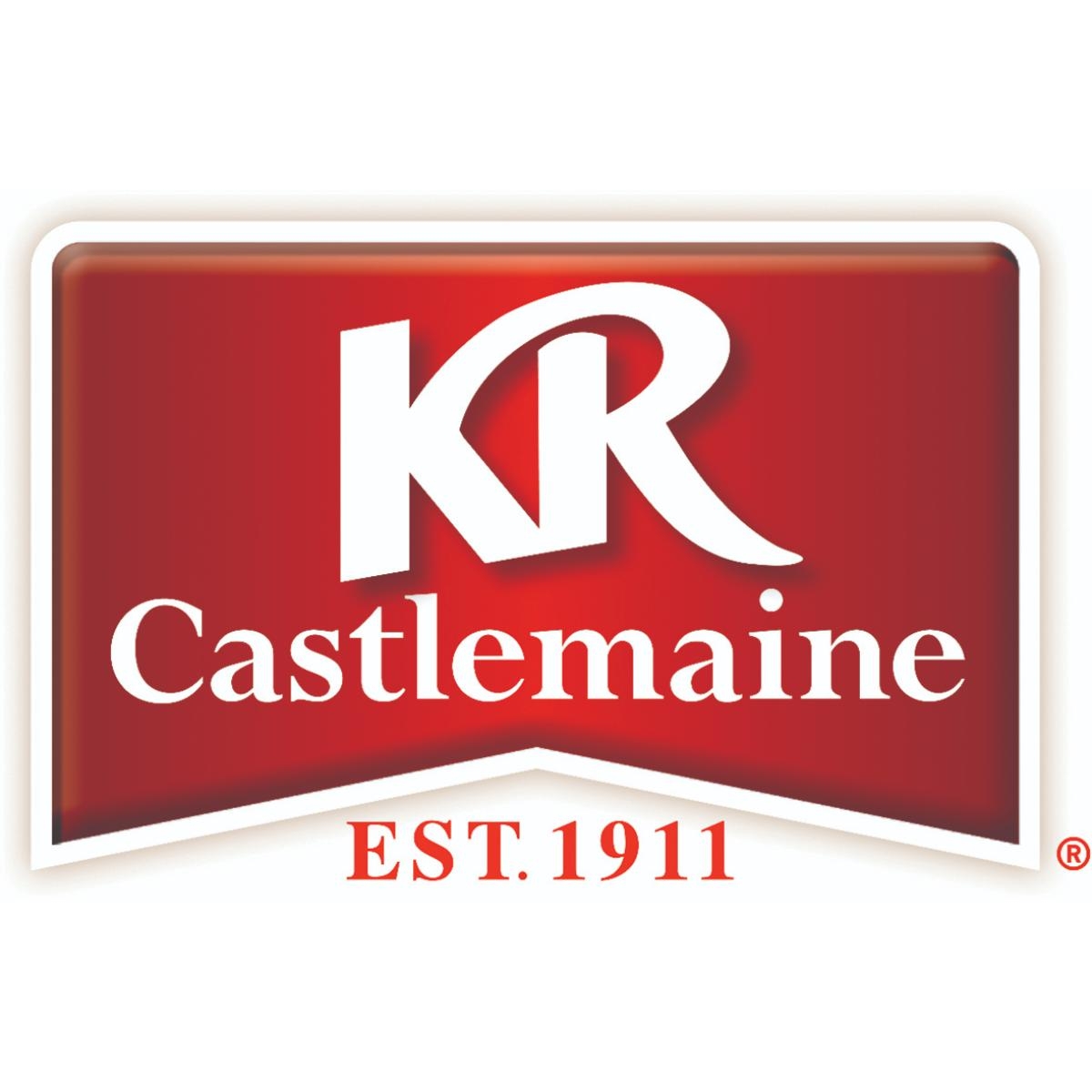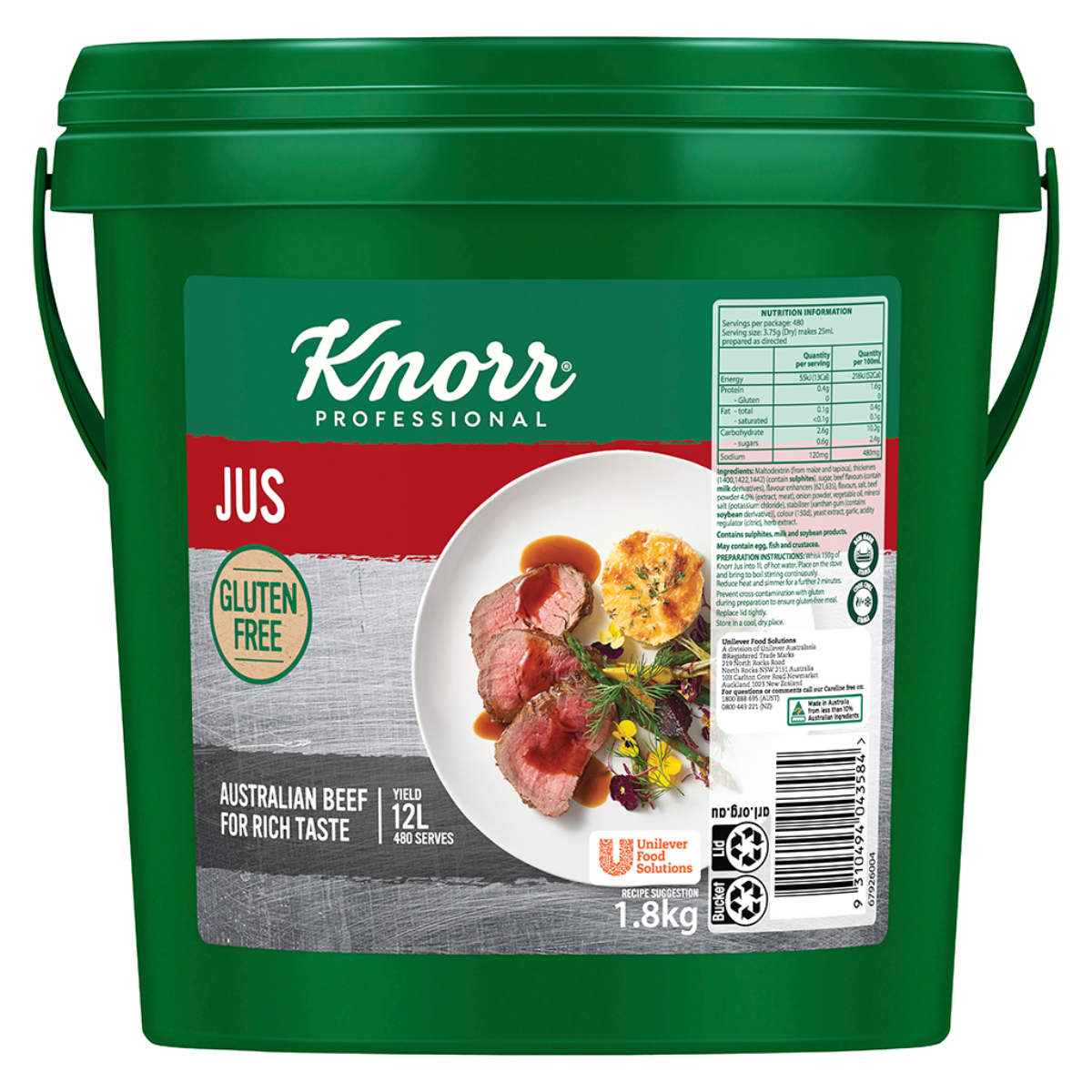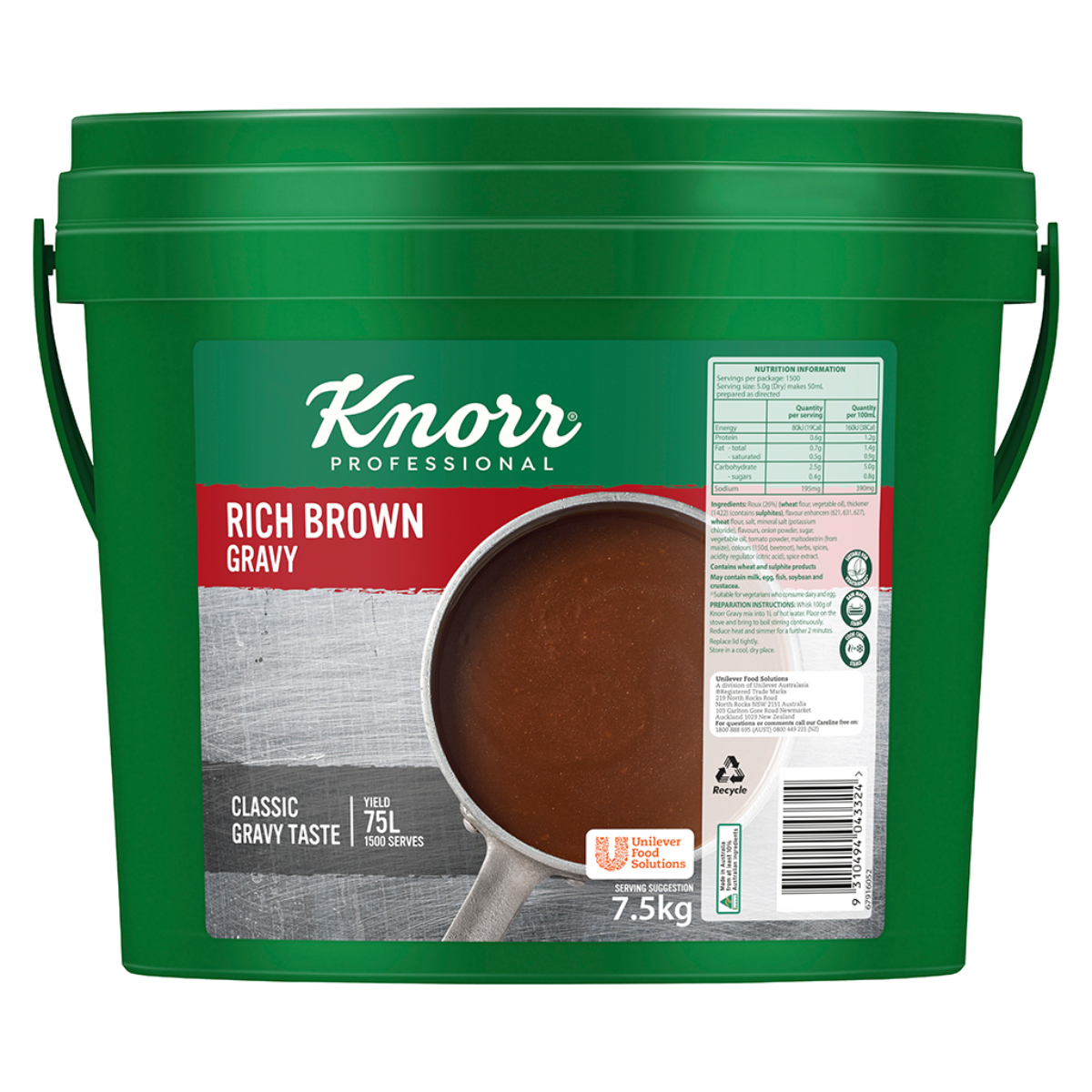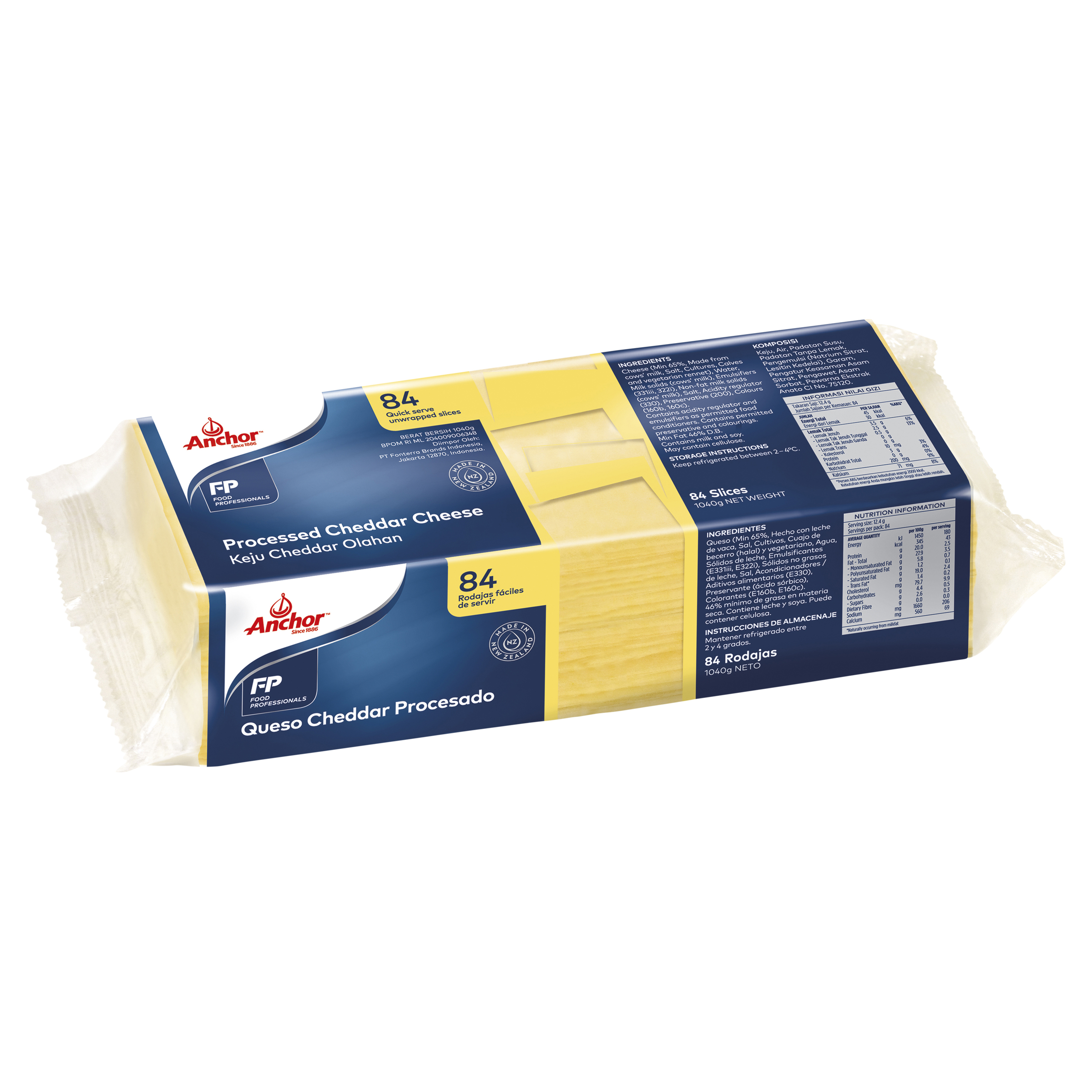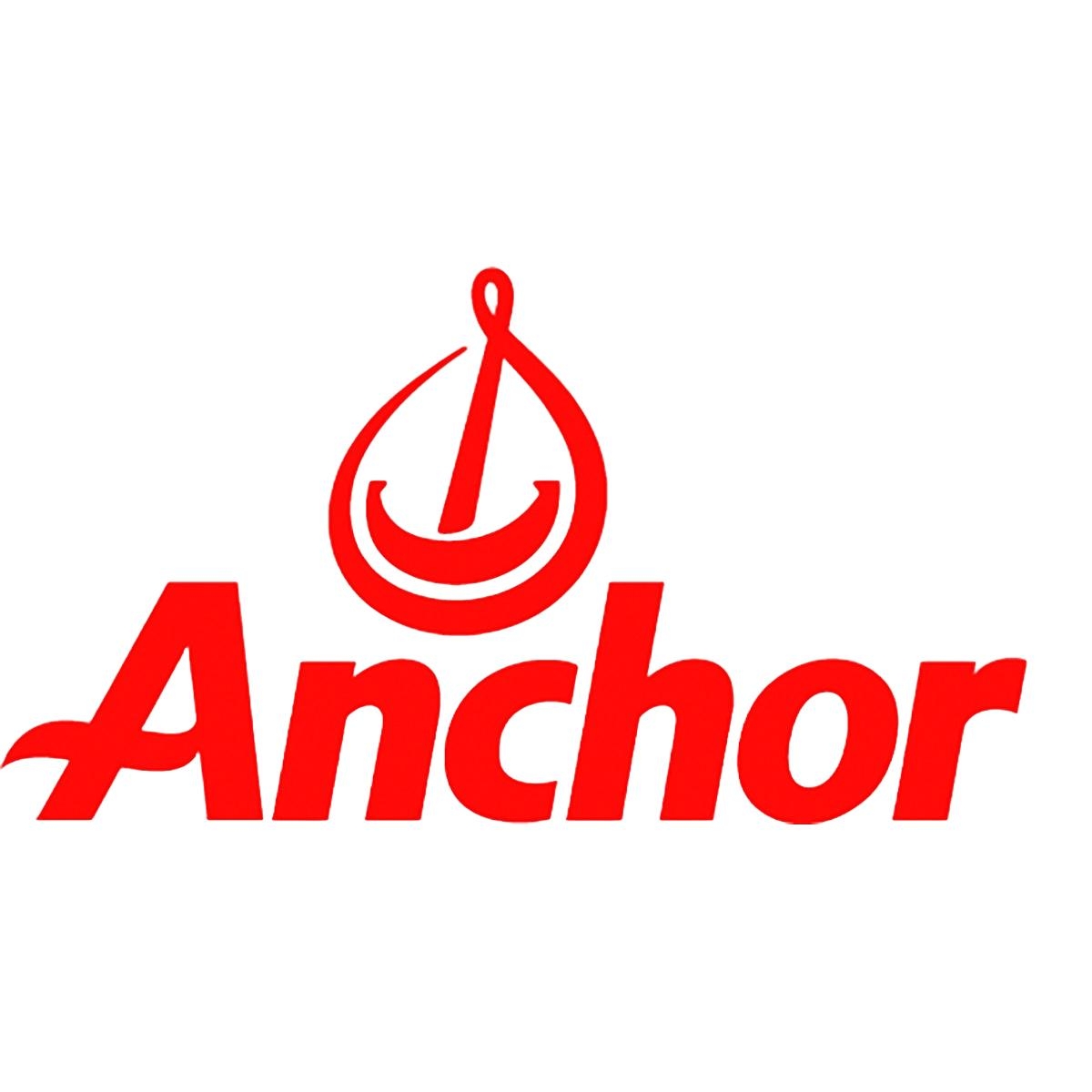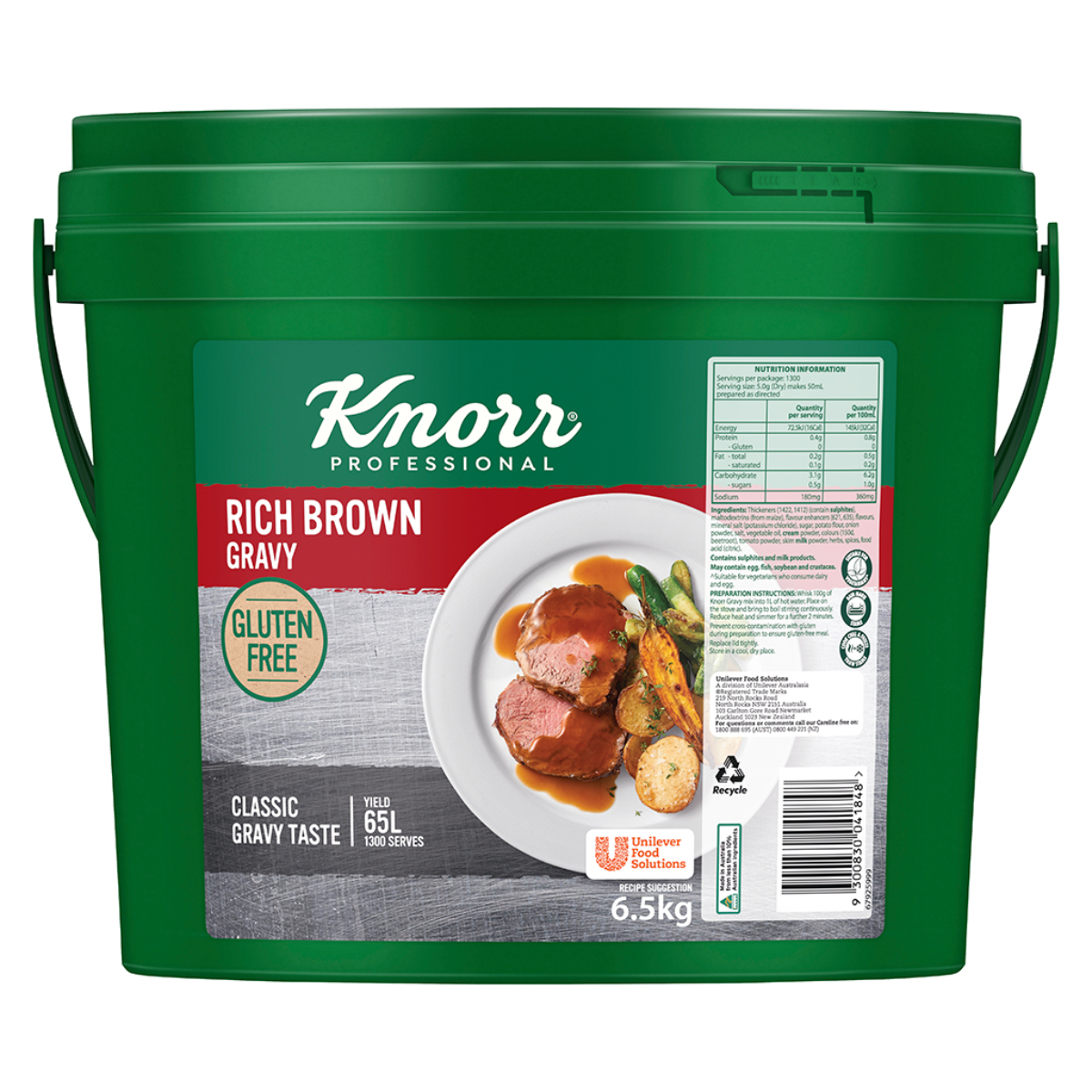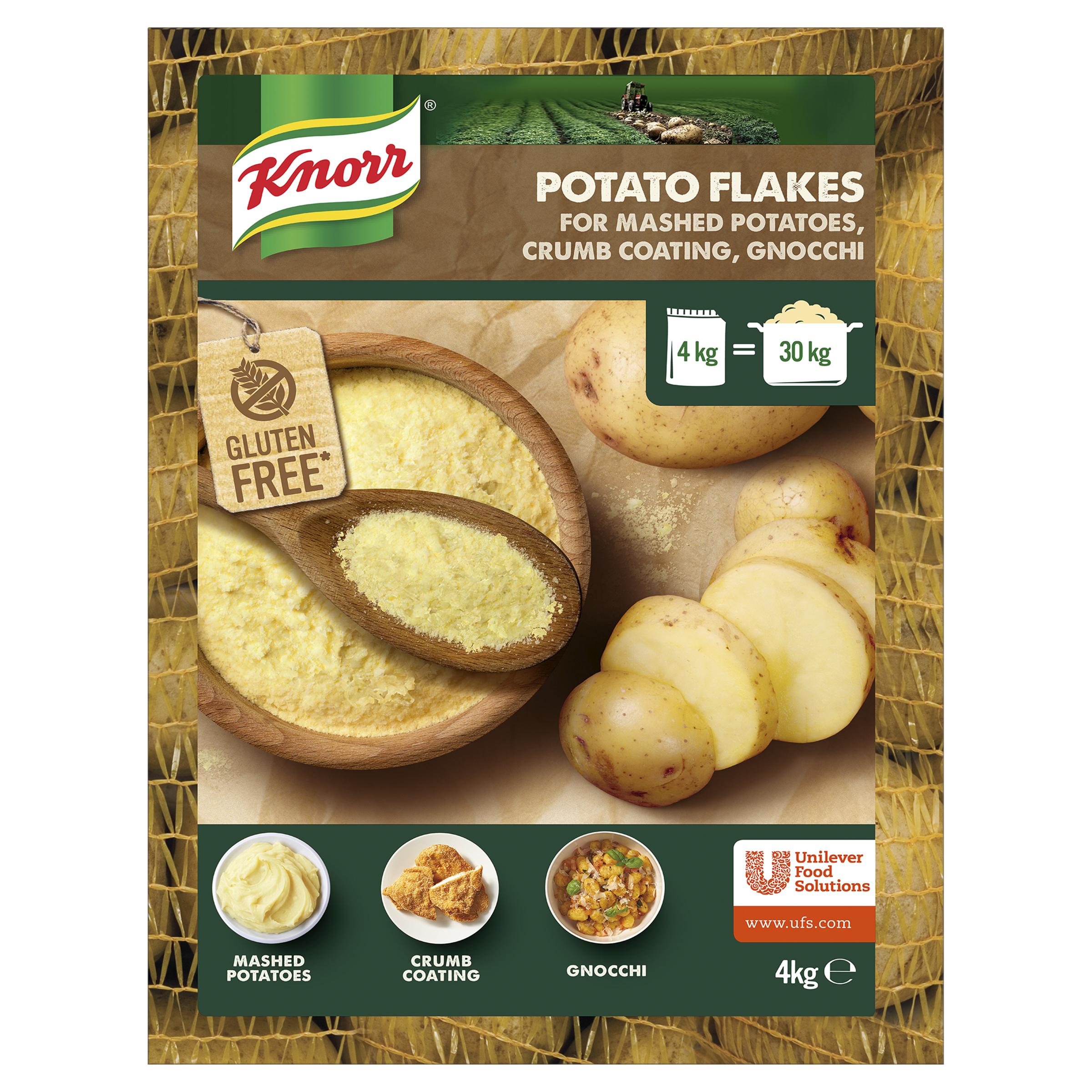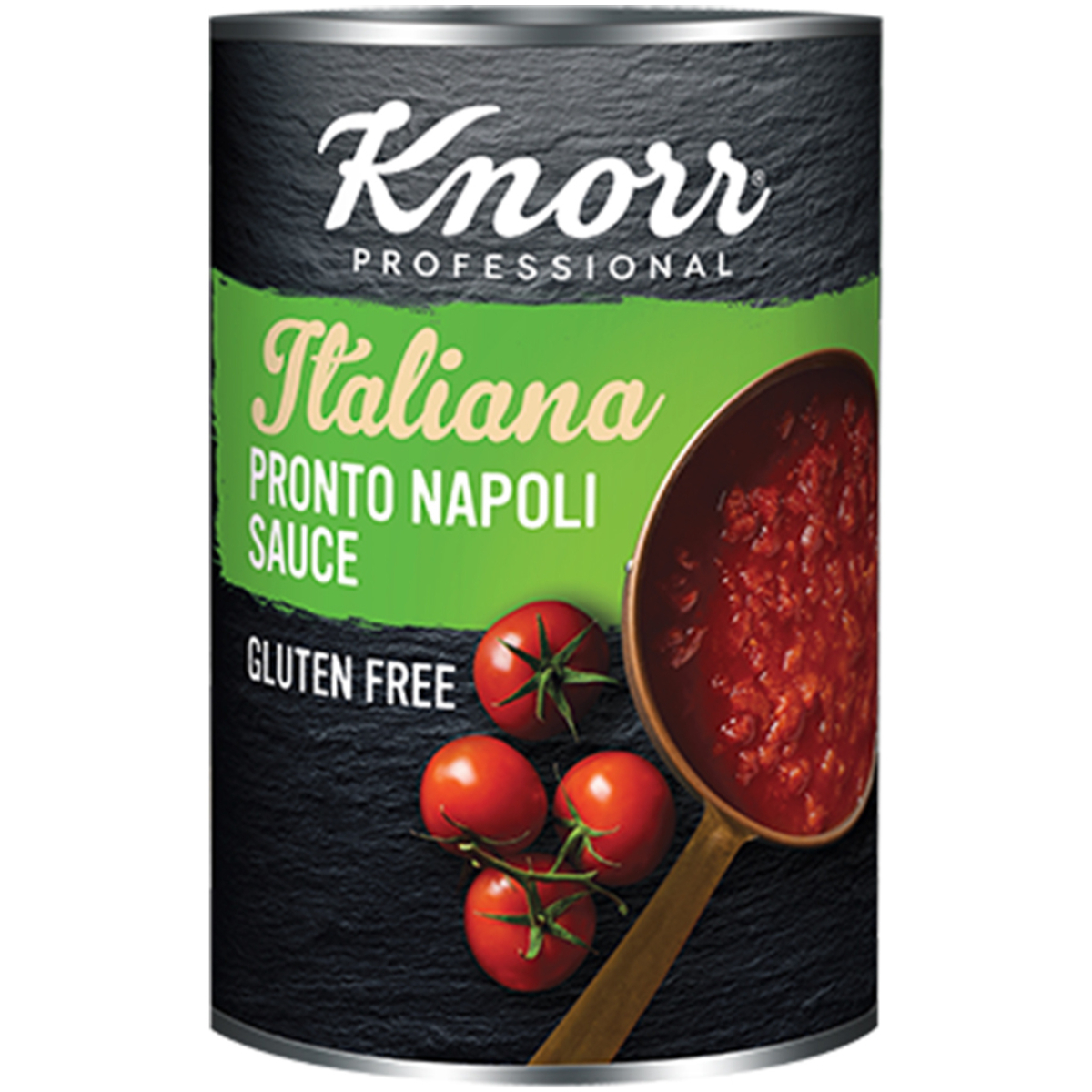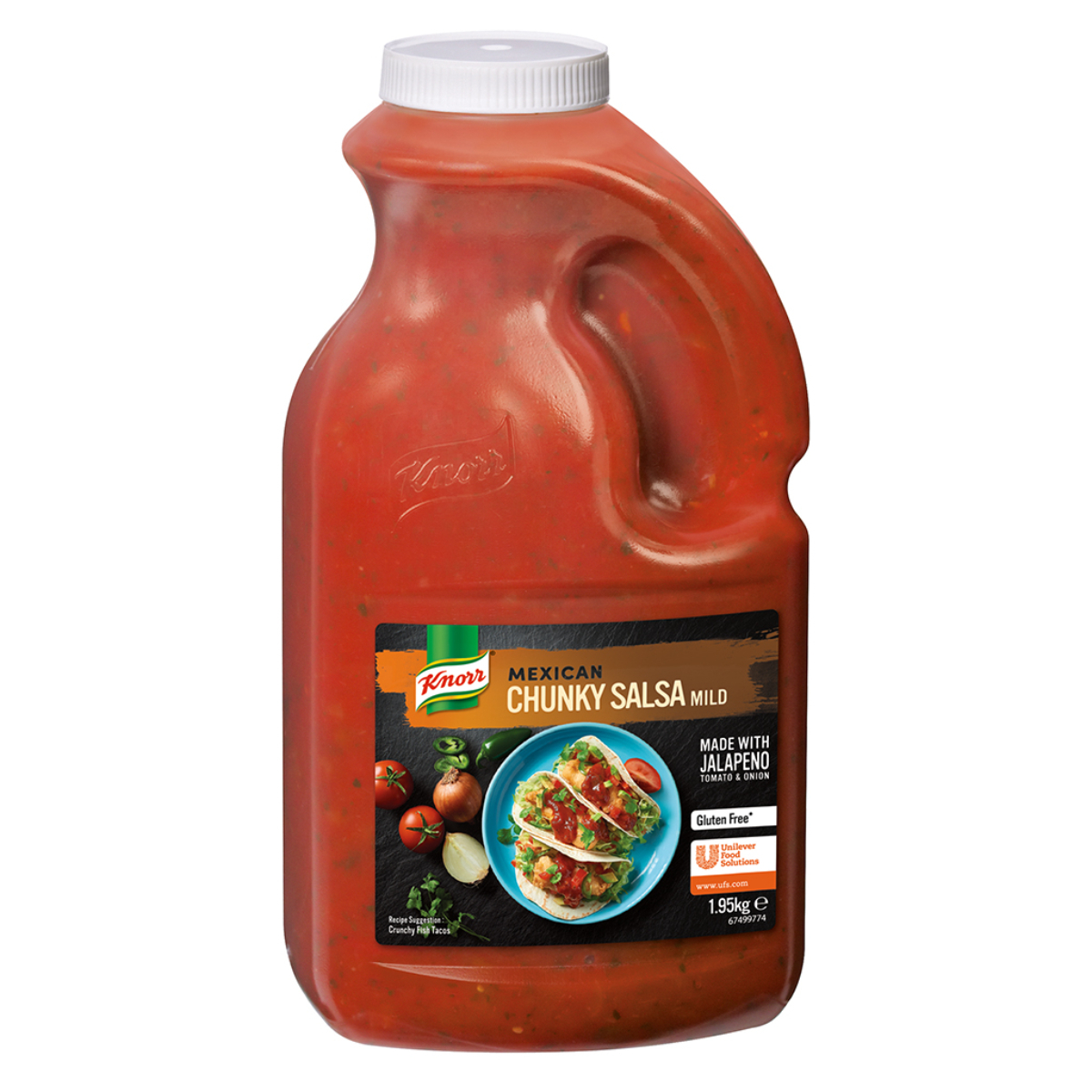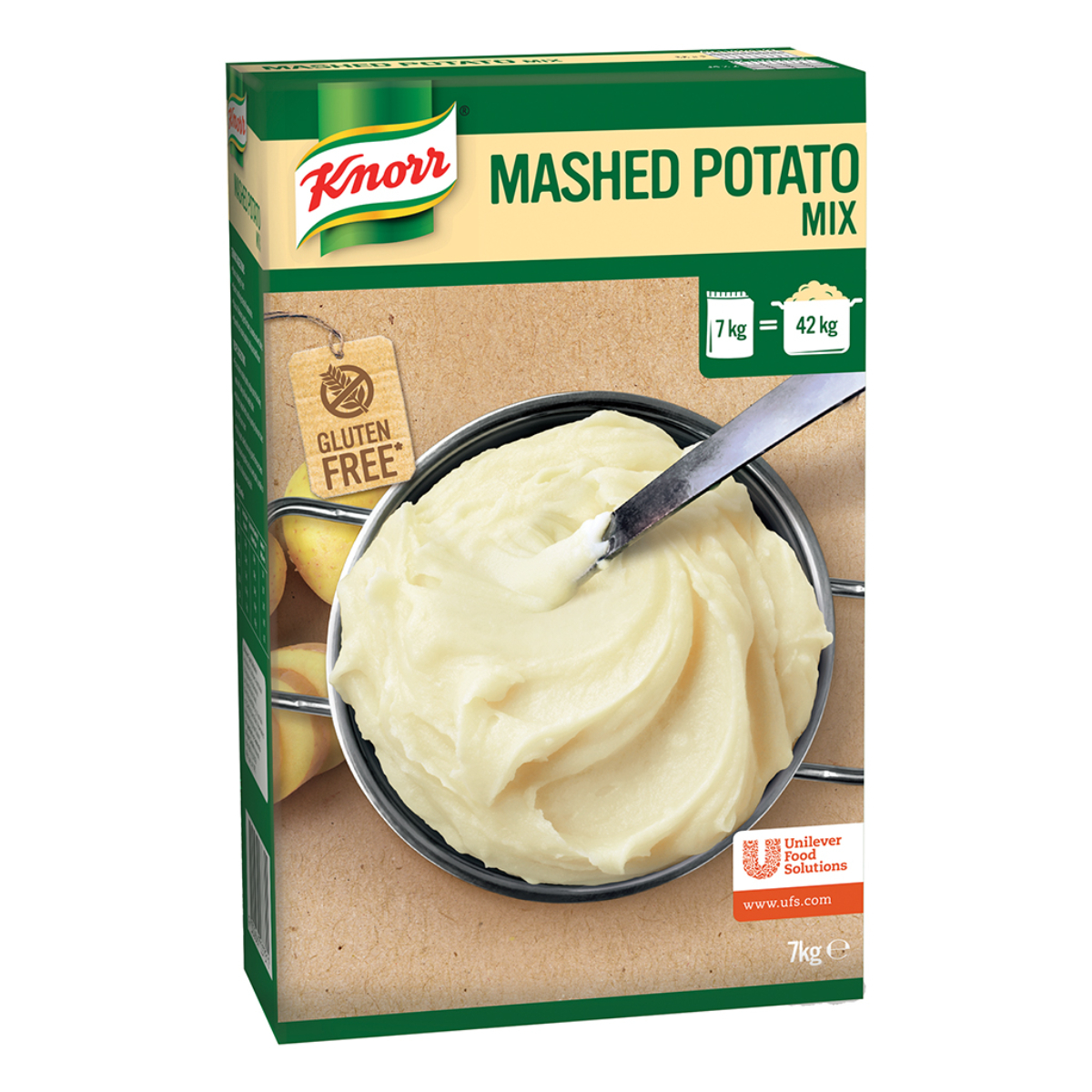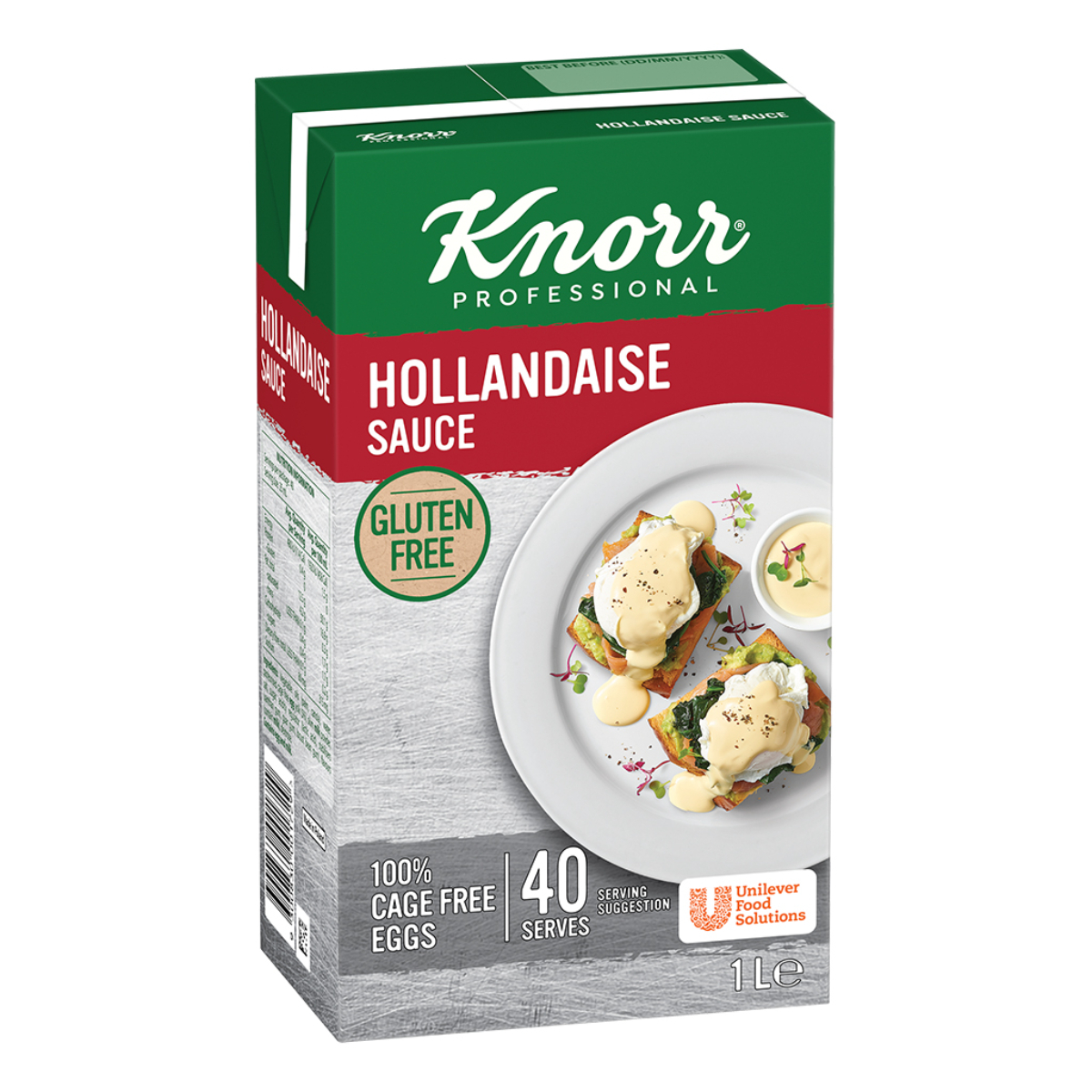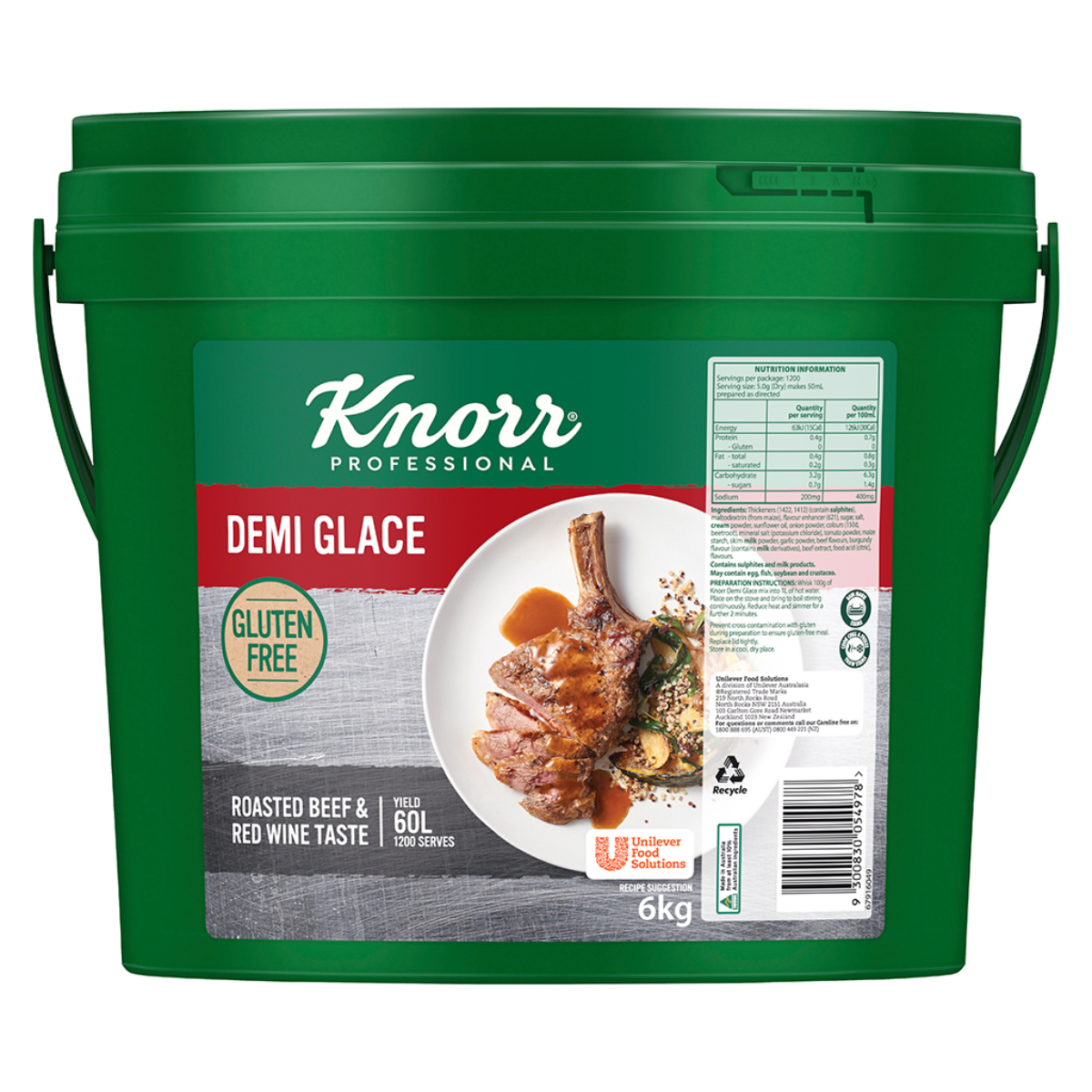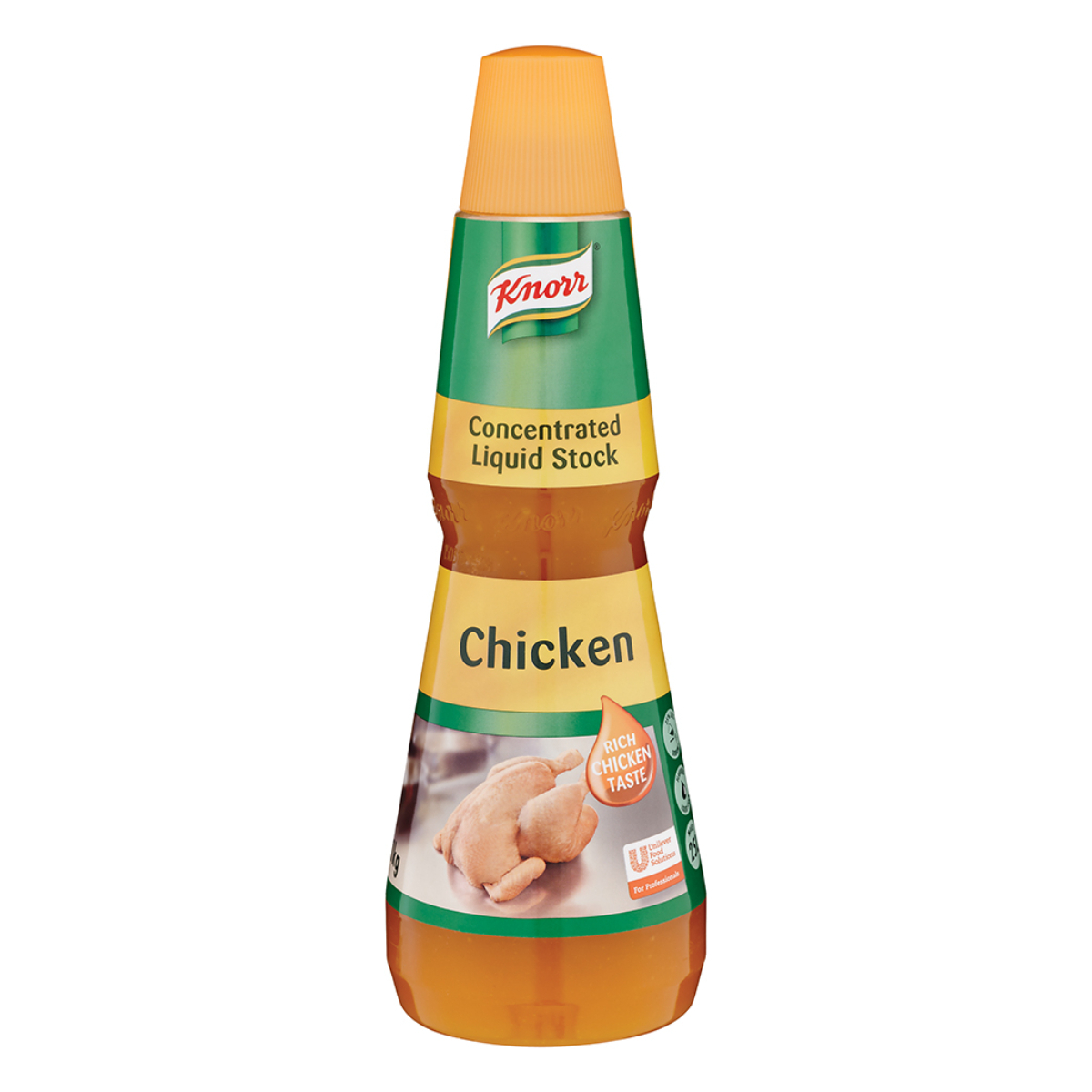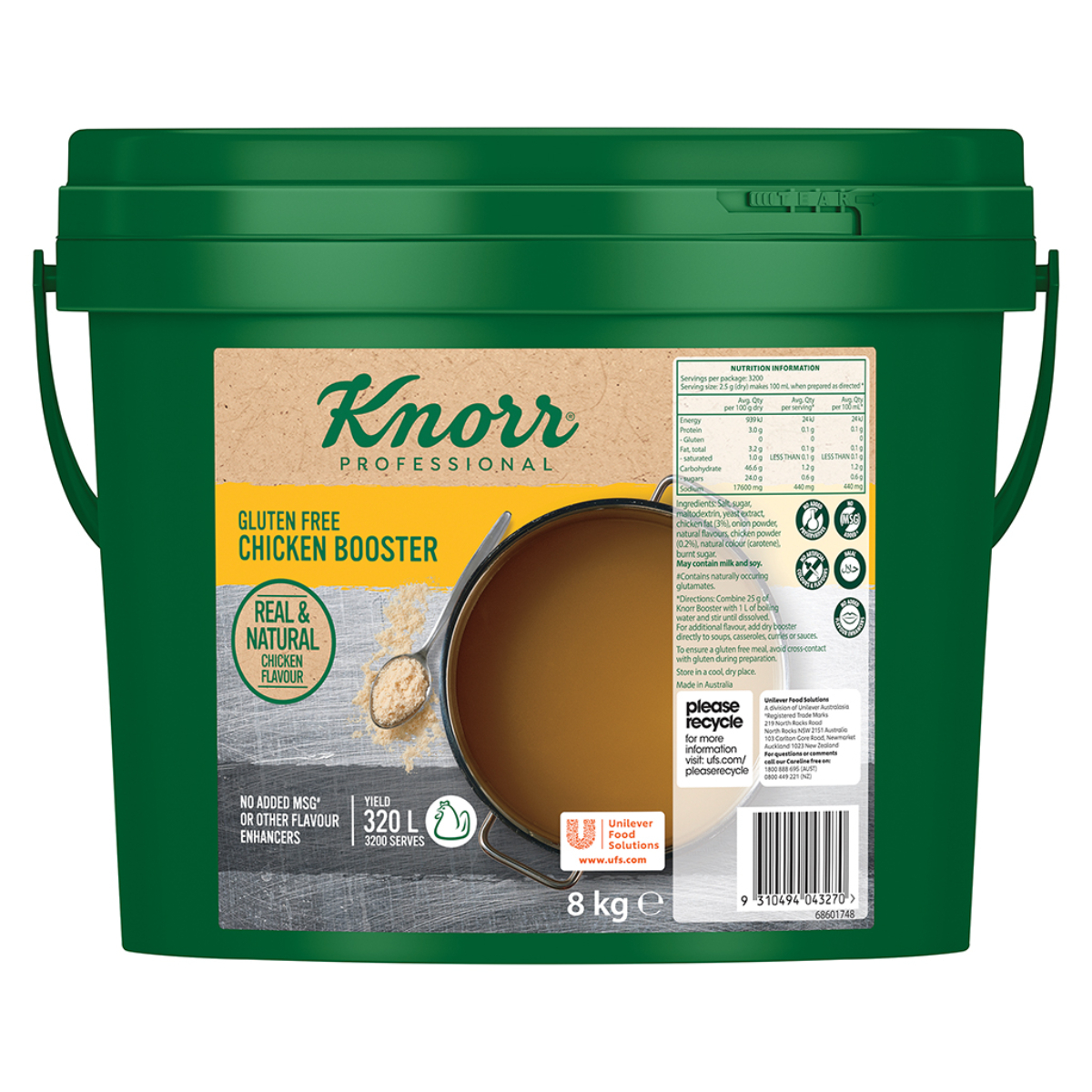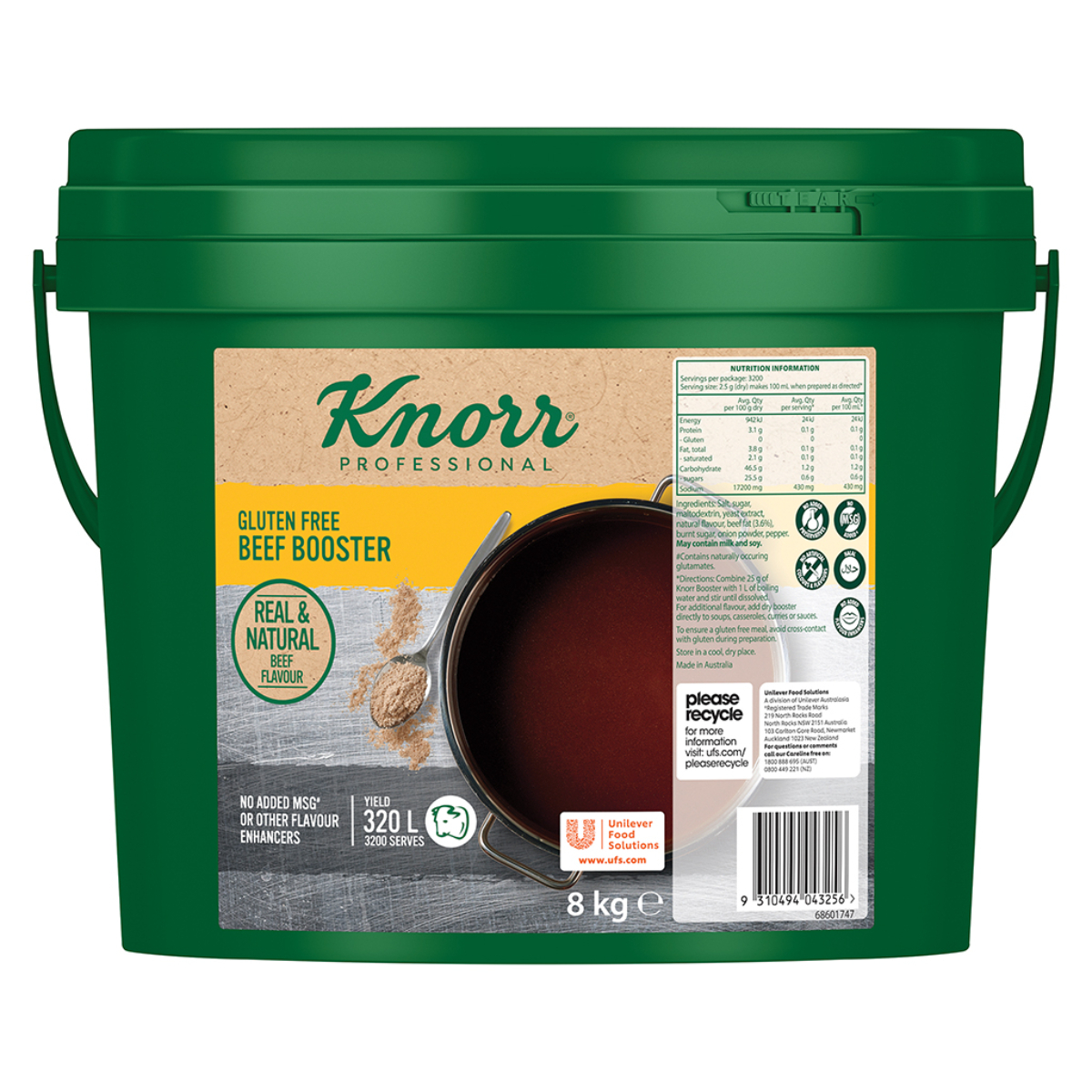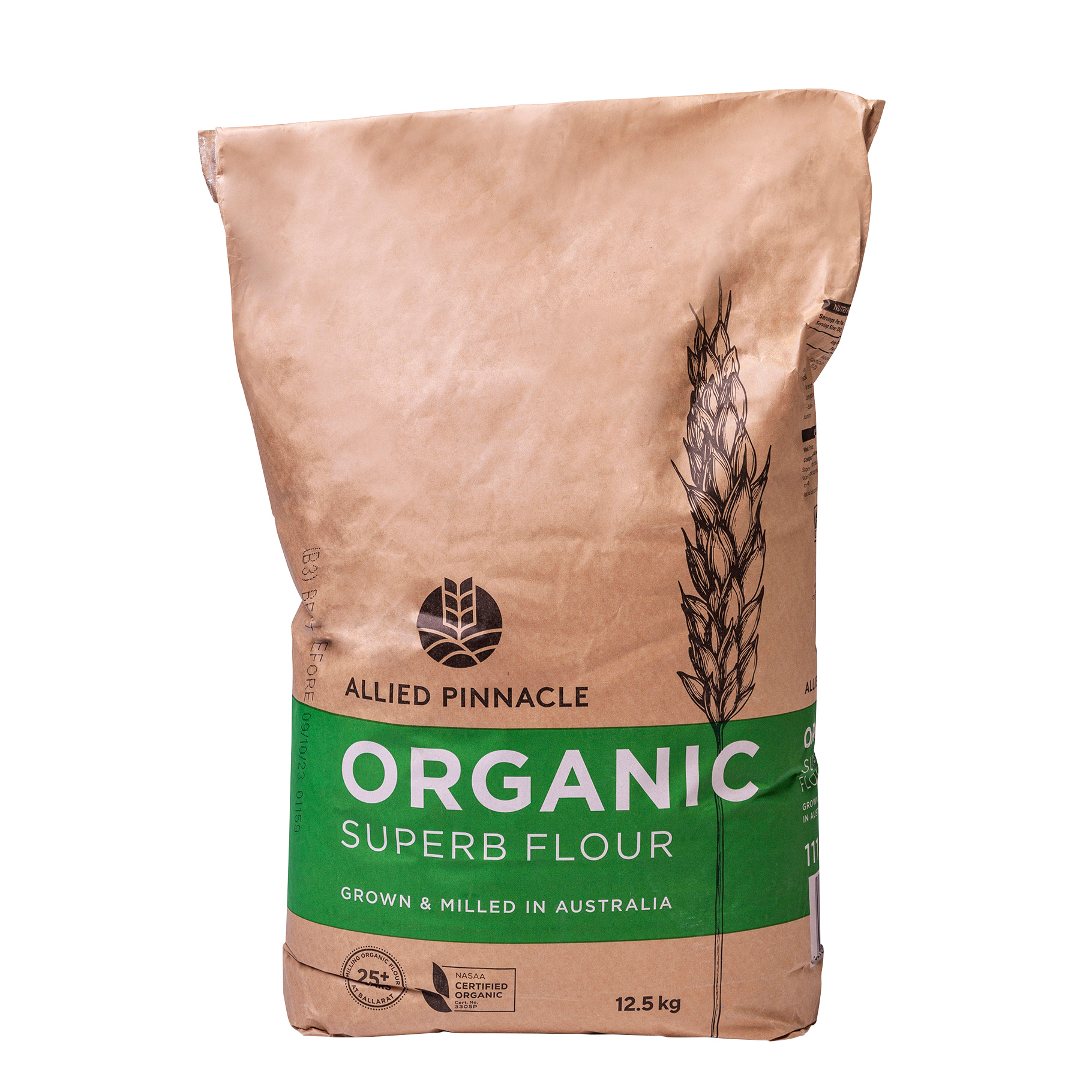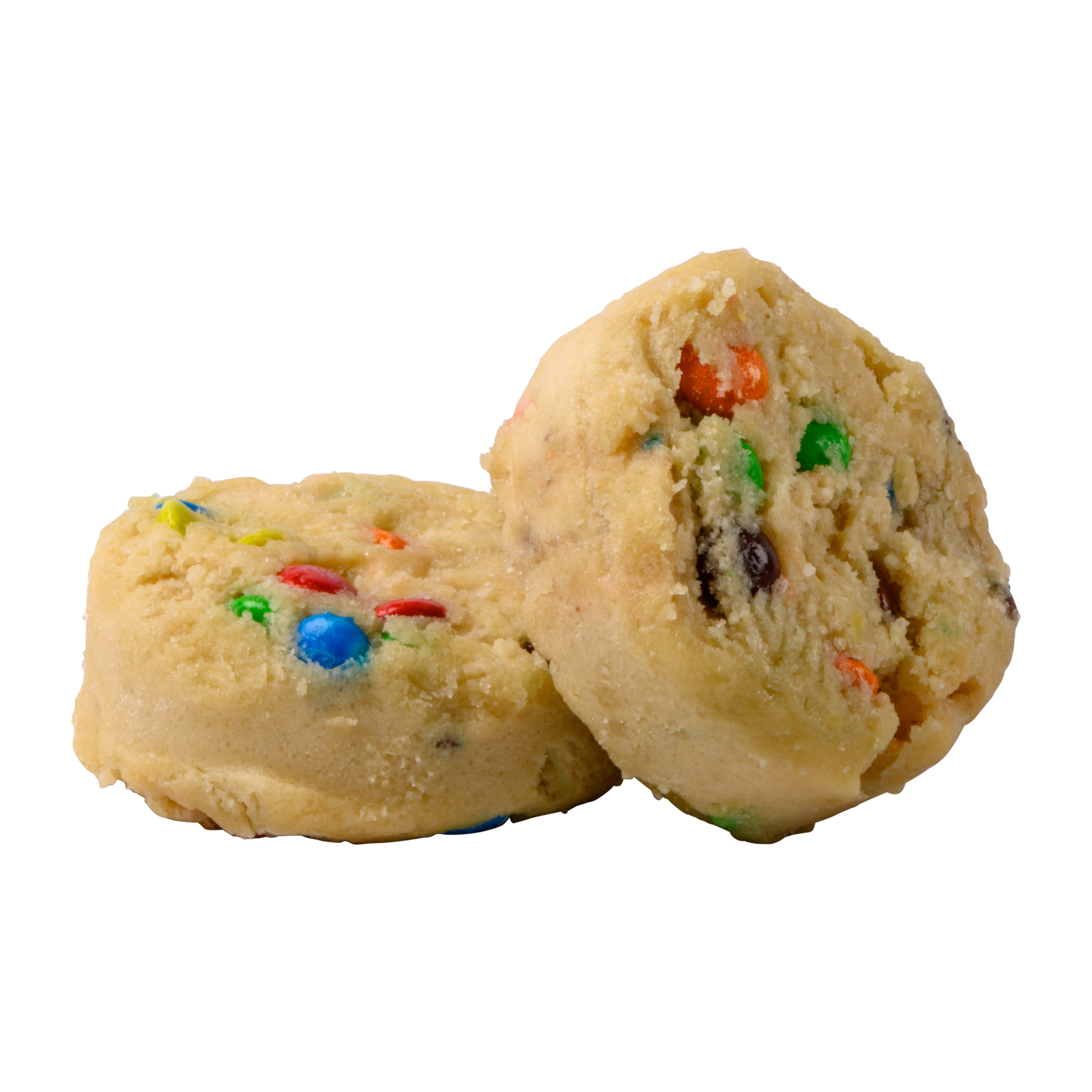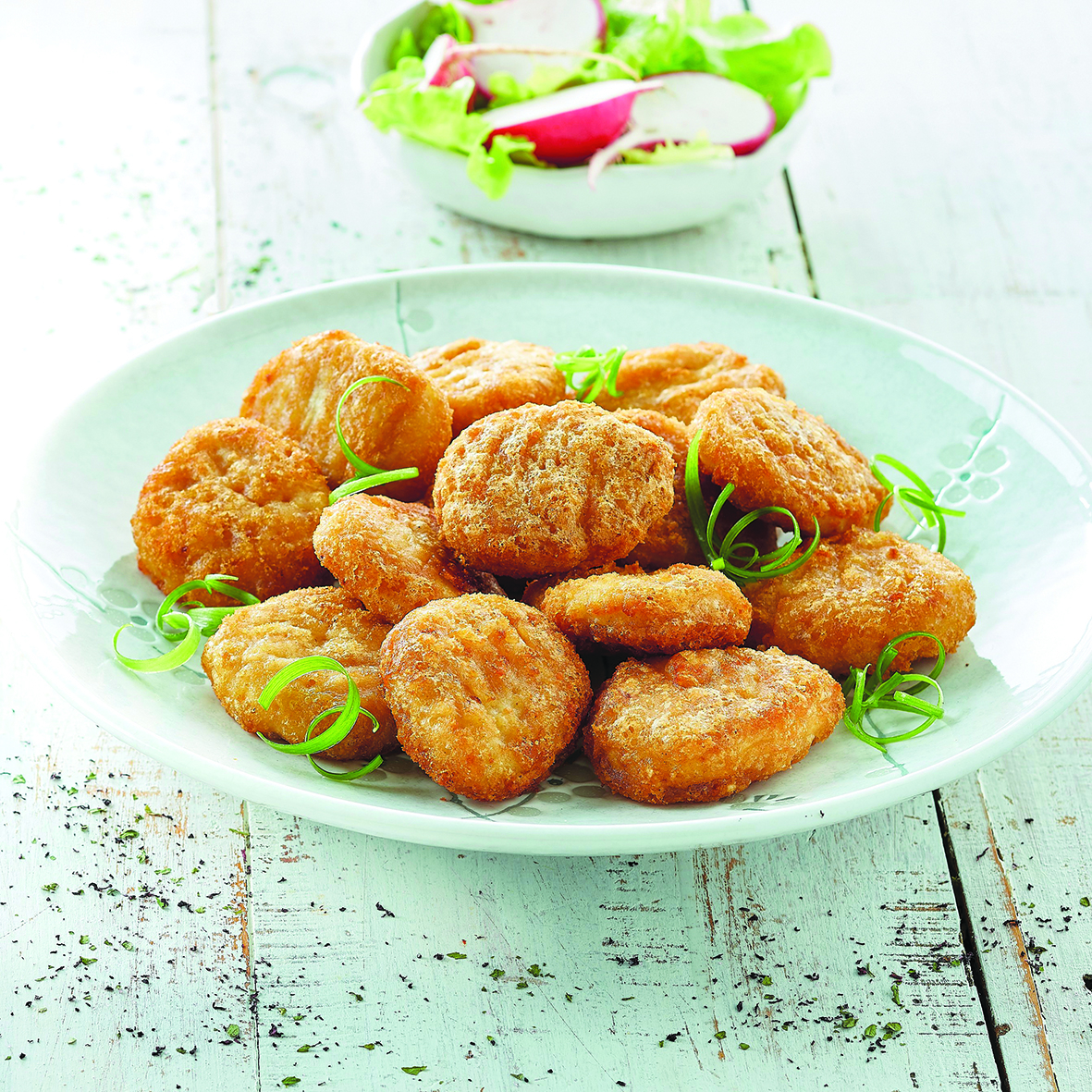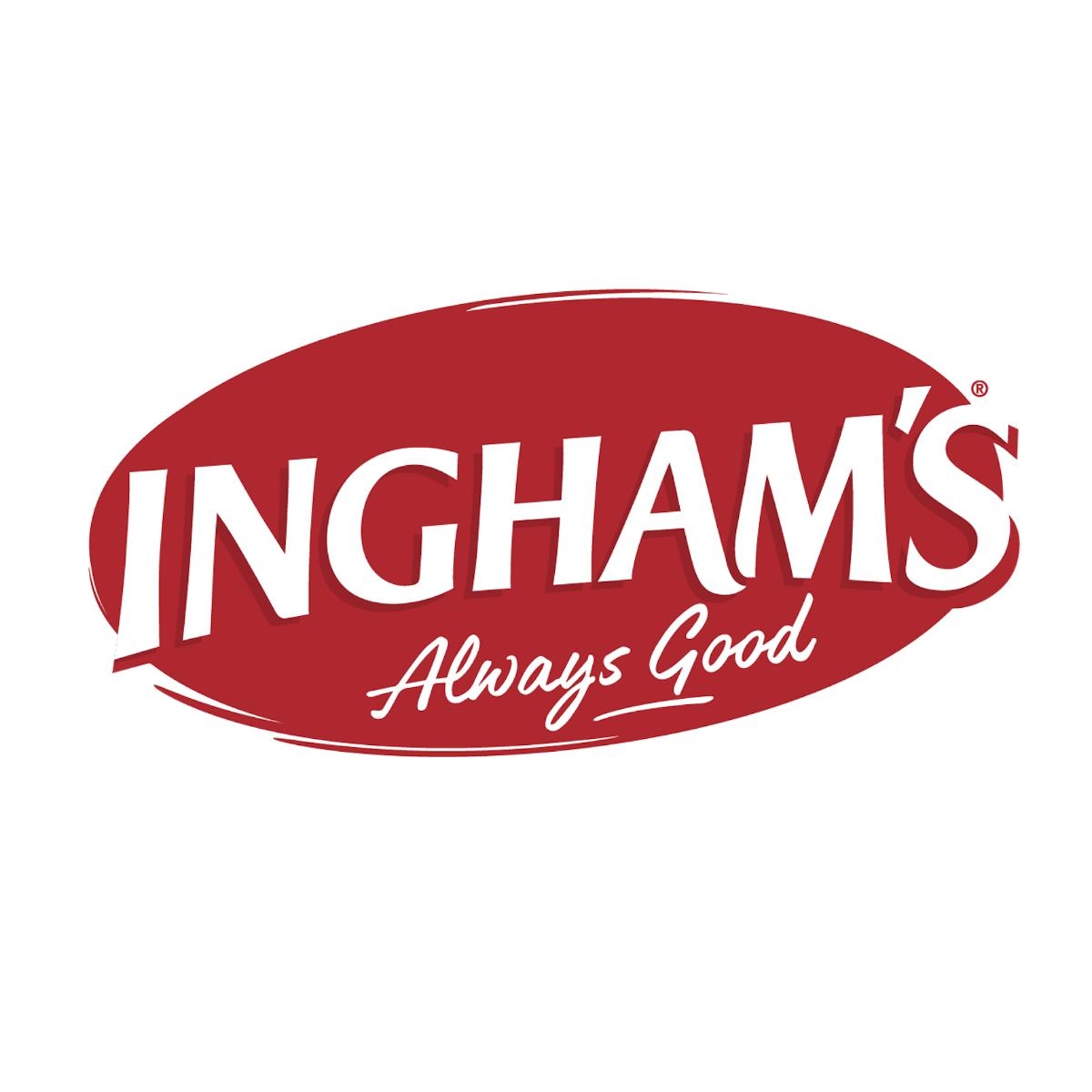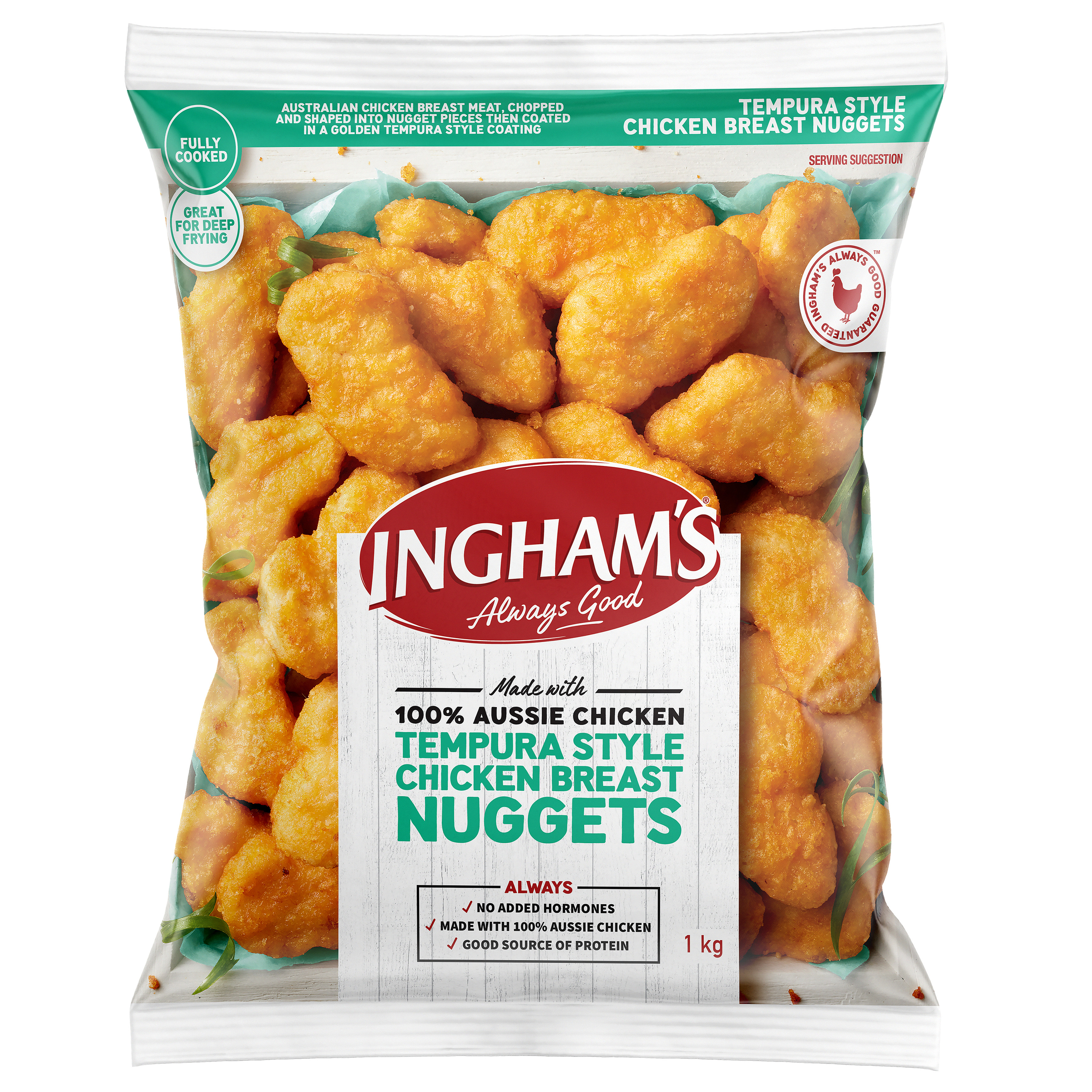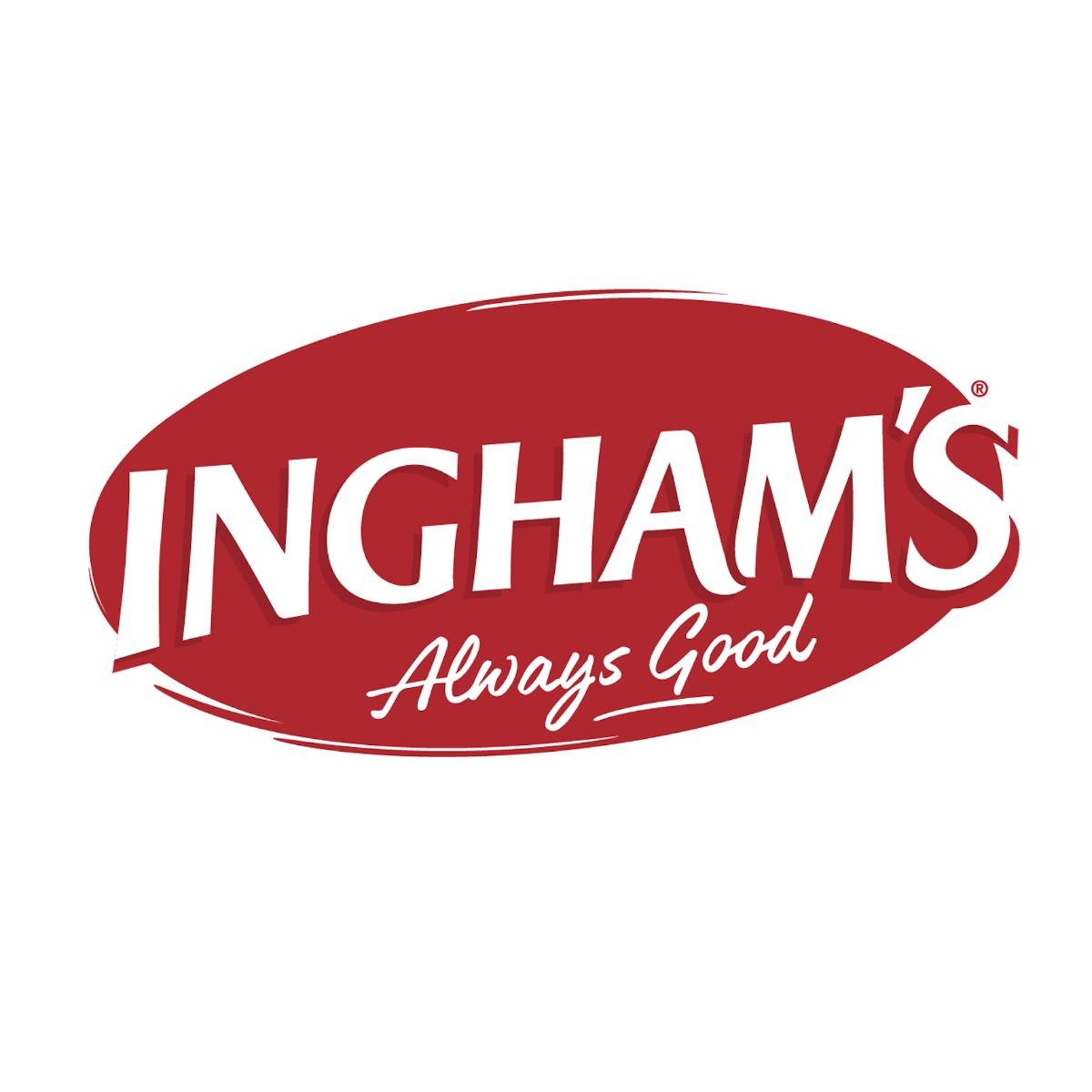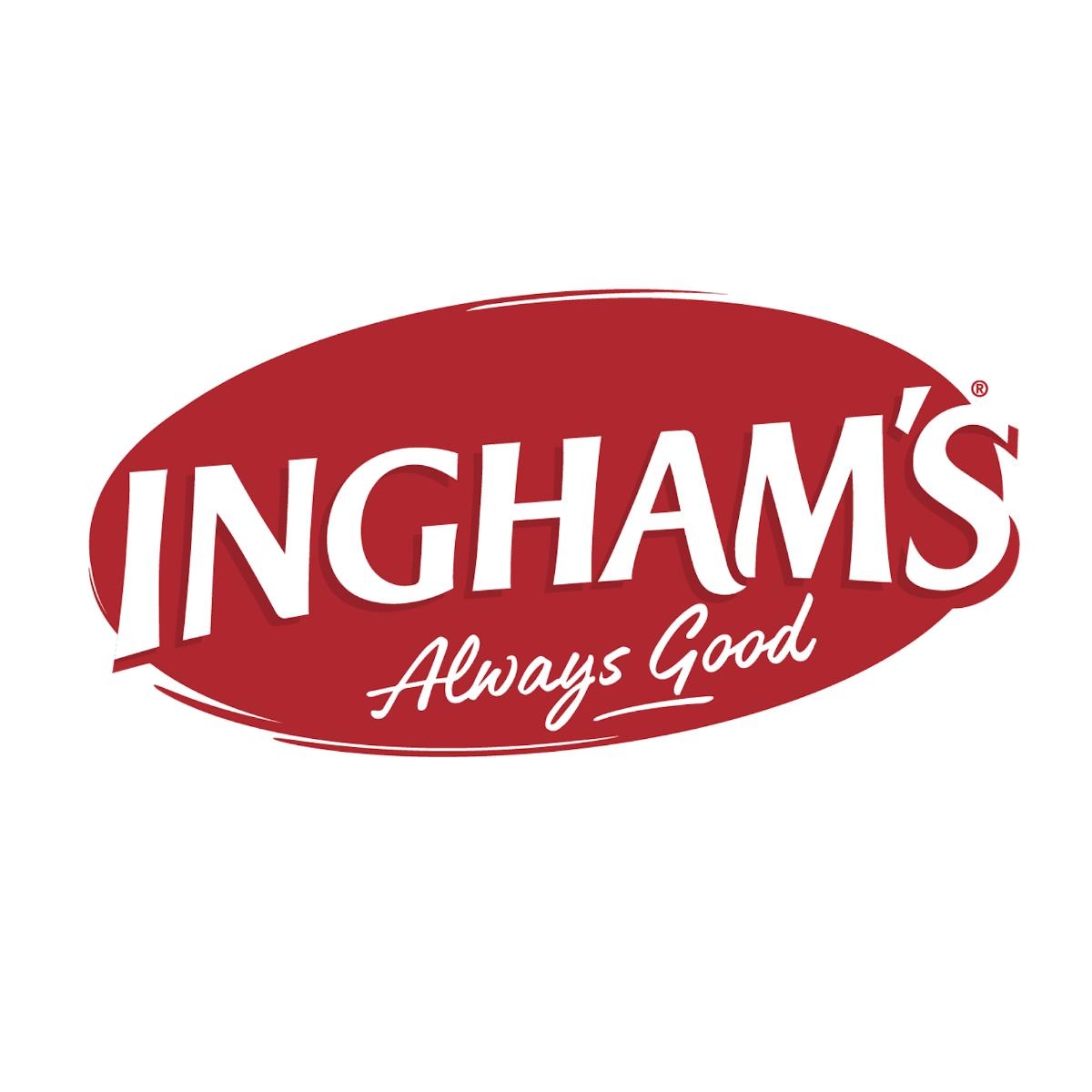Wine is essential in modern Australian dining. And wine drinkers today are more discerning than ever before. We have embraced variety; we are more open minded, and we are no longer content to be told that a venue has both types of wine – white and red.
This leaves venues in a hard position. With a myriad of options available, choices must be made on what to offer, and what to exclude.
Find your identity
Bridget Raffal is the owner and sommelier of Where’s Nick, a wine bar in Sydney’s inner-west. She has over 15 years of experience and was awarded 2023 Sommelier of the Year by the Good Food Guide. In 2021, she co-founded Women and Revolution, an organisation tackling gender equality in the wine industry. She definitely has her finger on the pulse.
It’s no surprise, then, that Where’s Nick won Best Wine Bar List in the 2023 Wine List of the Year Awards.
“A lot of venues,” Raffal states, “are scared of telling people that they don’t have the exact wine that they are looking for, so rather than committing to what they’re trying to do, they end up with a wine list that resembles every other list across the country. Those are not good offerings.”
A good wine list, she believes, should take the service model of a venue into consideration. In a fast-paced establishment, the listing should offer easily recognisable styles and iconic examples. “But if there are enough sommeliers working the floor that a guest can ask for advice, then the list [can] focus on boutique producers or smaller regions.”
The sentiment is echoed by Harrison Plant, who was schooled at the International Butler Academy, widely considered the benchmark in silver service training. Today, he is manager and sommelier at EXP., a two-hatted restaurant in the Hunter Valley.
“Every venue is different in what they may showcase, depending on the style or point of view of the restaurant. Some love showing Italian or Spanish wines, while others are purists and show within the region only. You may not see it, but the wine is an insight to who the restaurant is.”
Personal preference aside
Another difficulty is the sheer passion that wine evokes. As much as a sommelier may want to highlight their favourite bottles, it is essential to divorce personal tastes from customer needs. “Suiting the venue is in the back of my mind,” says Plant. “Suiting the food and the customer, however, is always upfront.”
With this comes customer expectations, and lists should purposely offer natural and harmonious pairings. “Too many times,” Plant continues, “I get upset seeing a pairing that is alien – and done so on purpose. Wine should not over or underwhelm any elements of what is on the plate.”
But EXP. is a fine dining venue. Where’s Nick, a neighbourhood wine bar, can take a different stance. Raffal knows that wine lists should focus less on personal taste and more on whether a wine fits a venue, but also that “consumer expectations can and should be moulded.”
“Our guests know we focus on wine. Our dinner offering is…broadly Mediterranean and offers a beautiful backdrop to our wine list. None of the food is super fussy. We don’t want to veer into restaurant territory.”
Create value
Perhaps the biggest challenge is pricing. It’s an open secret that venues mark up to cover costs, and customers can get upset by discrepancy between restaurants and retail pricing.
“Value is so important,” Plant continues. “We have to make a profit. However, we also have a duty of care – making sure you have the best time. Mark ups should be done with caution and fairness. People want an experience when paying top dollar.”
Raffal explains that this experience comes down to the small details. A bar with straightforward options, served in old glassware, should not be priced the same as a restaurant with table service, knowledgeable waitstaff topping up water and polished crystalware. This creates customer experience.
“Whether or not a guest thinks the second option should be more expensive,” she says, “depends on how well that service is executed. If they don’t see the value, they might not be the target market, or maybe the venue isn’t getting the balance right.”
And while following criteria is fine, it can often yield sterile results. This is where experts, like Raffal and Plant, come into play. A great list, Raffal finishes, should offer depth, interest and variety across style and pricing.
Plant sums it up neatly. “Customers don’t want to buy a bottle. They want to buy a story.”

